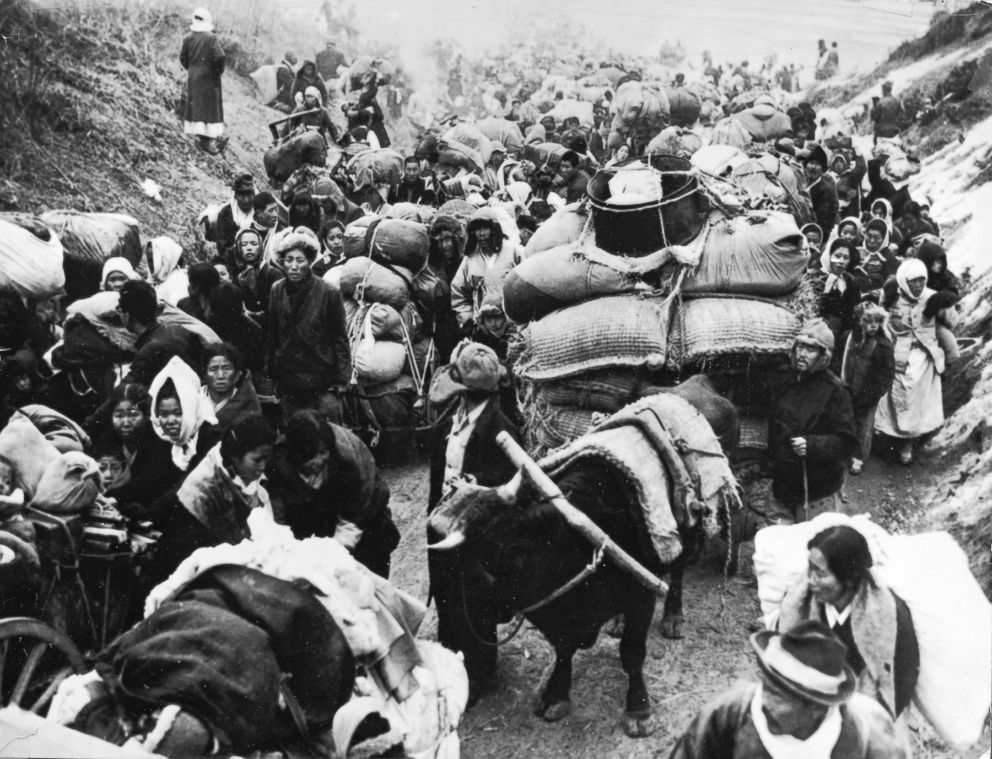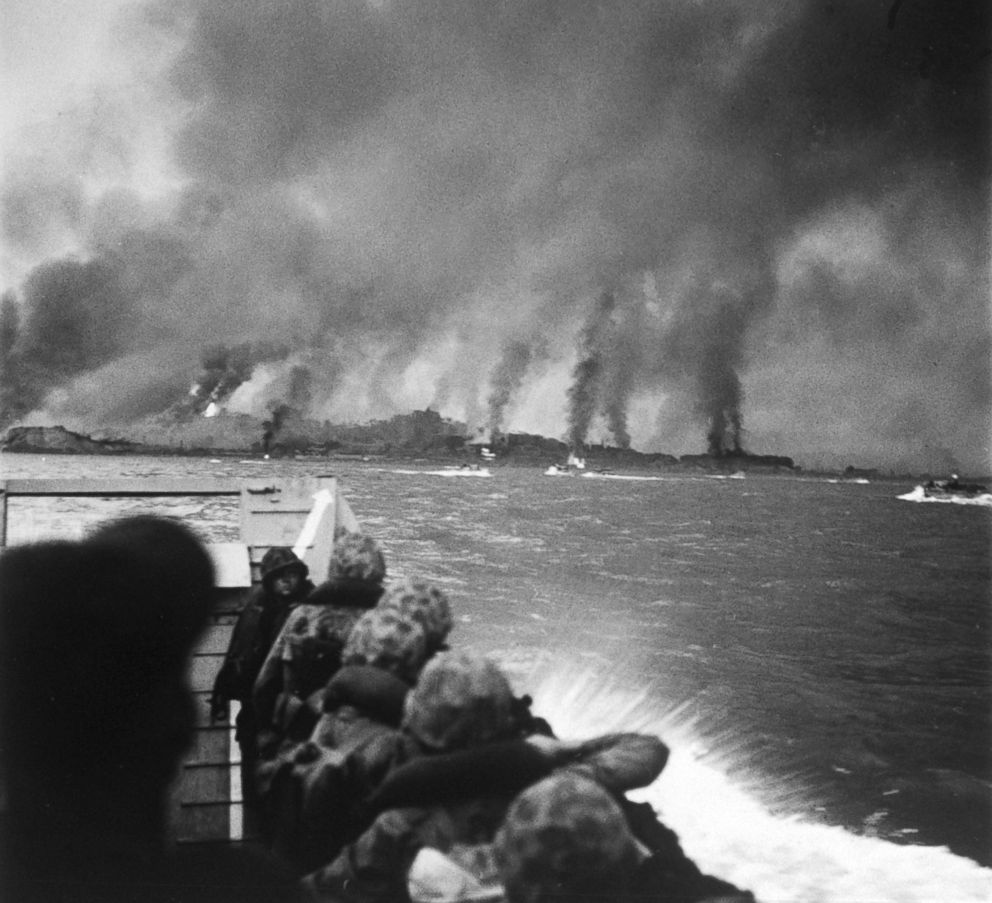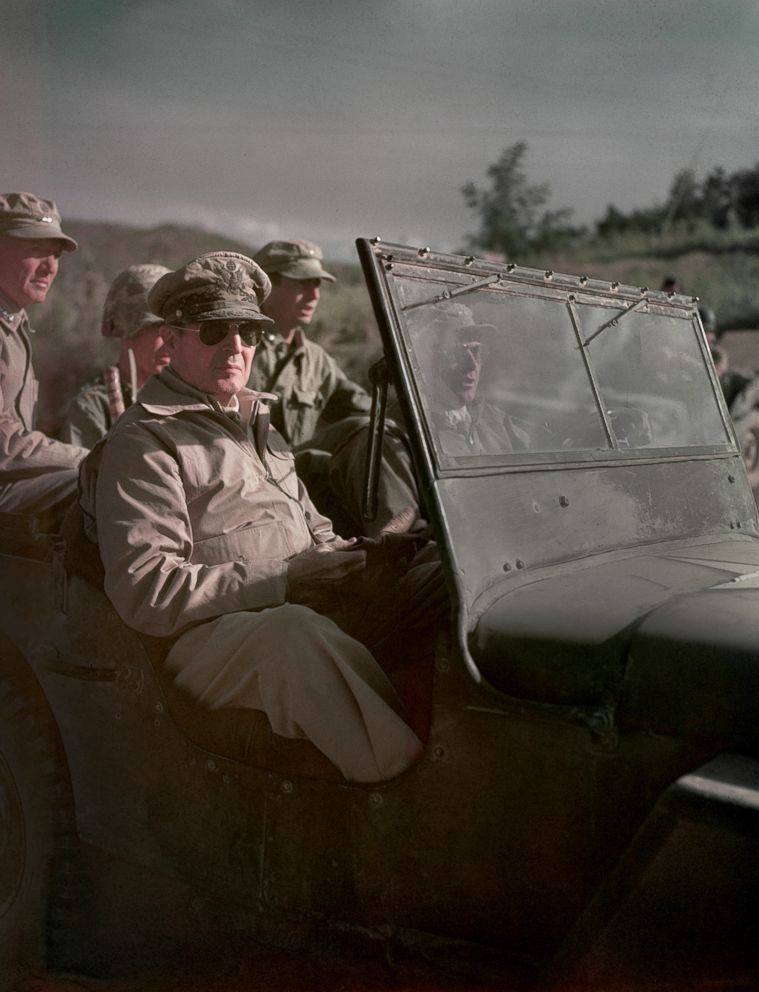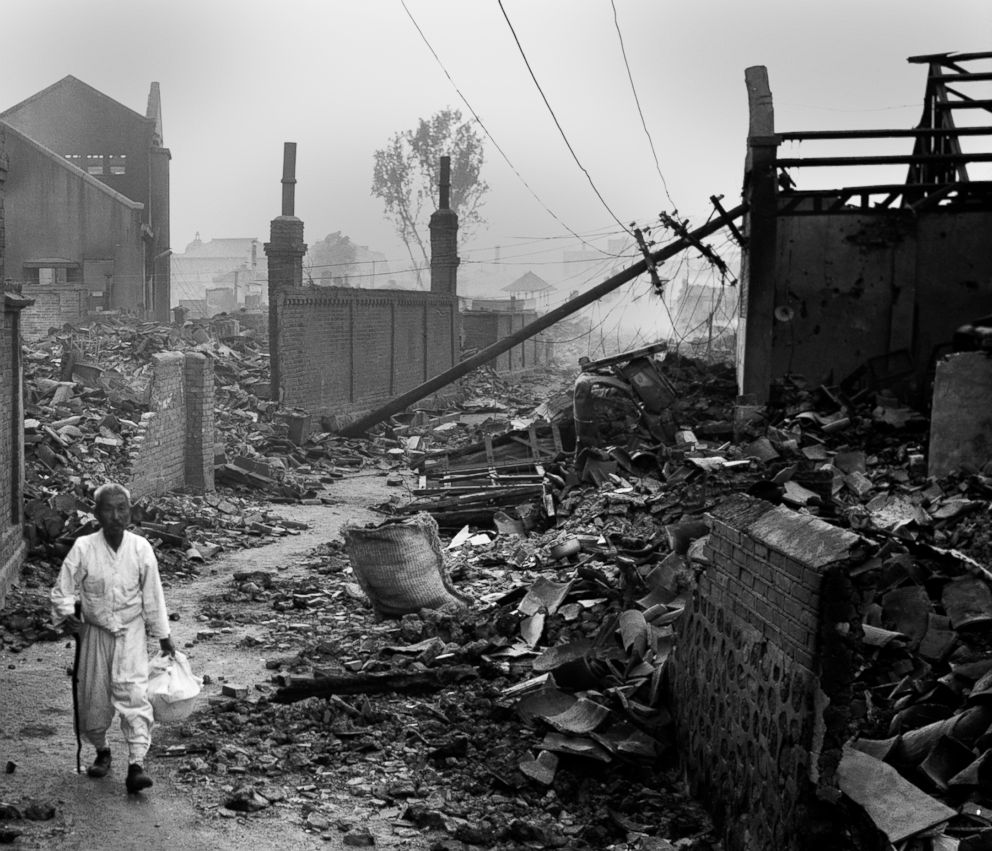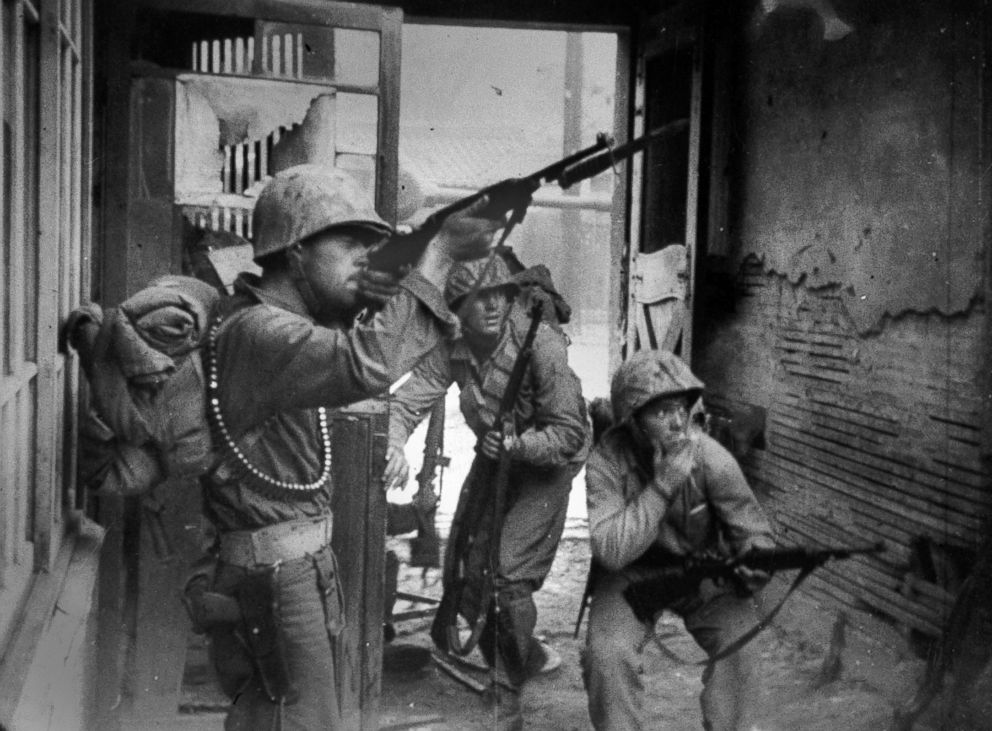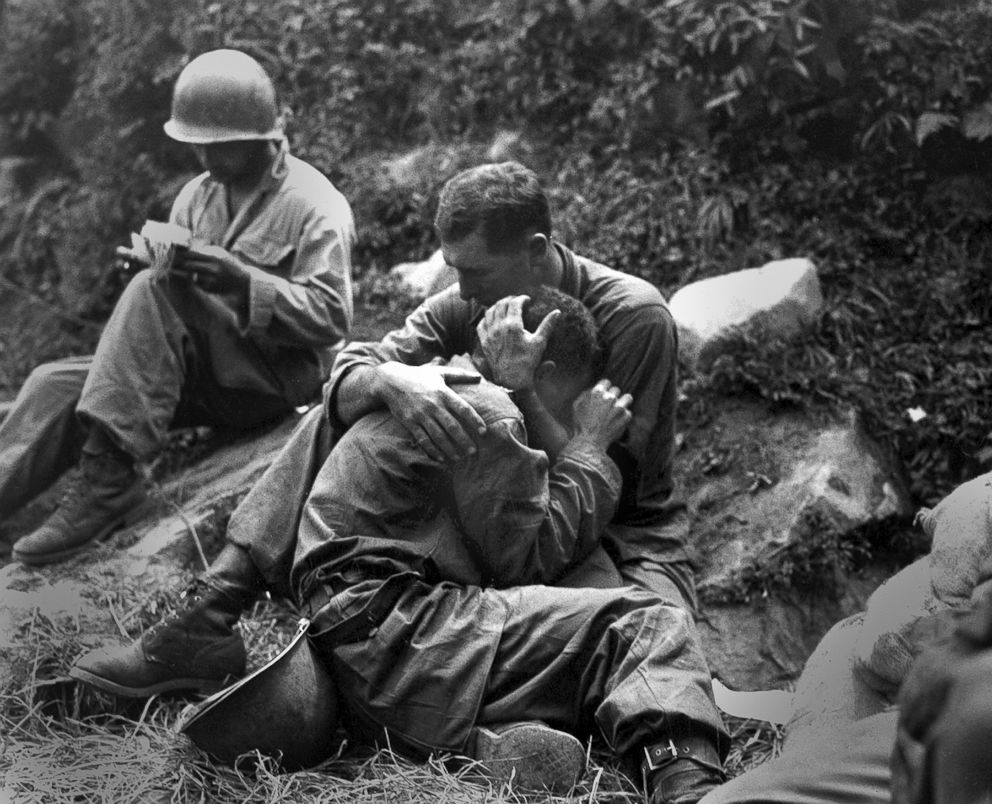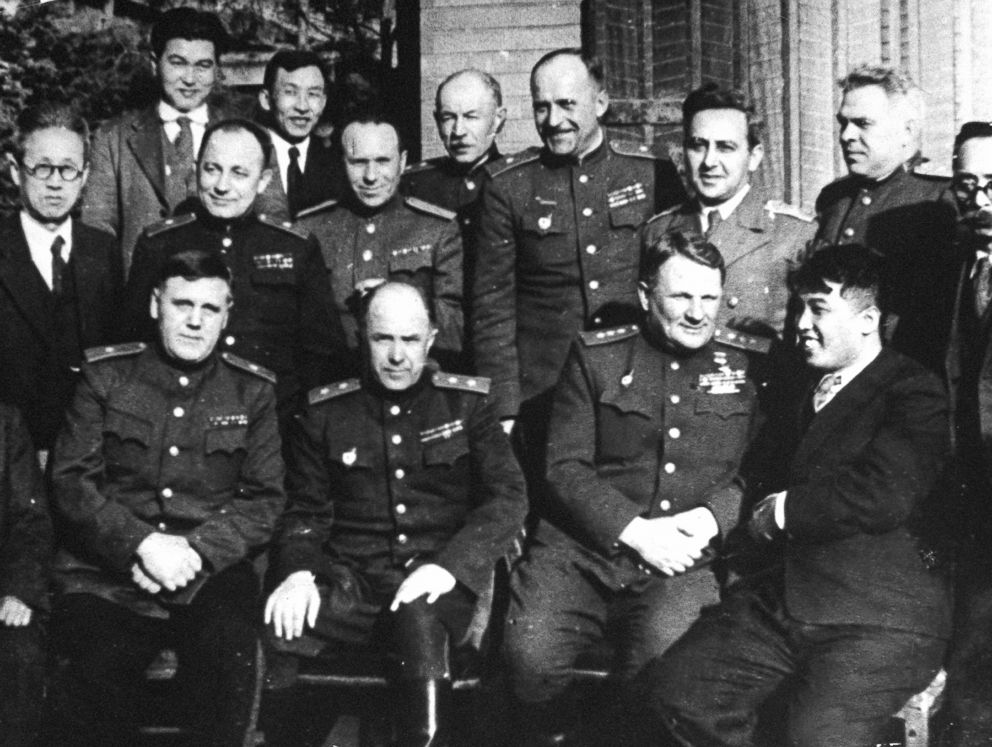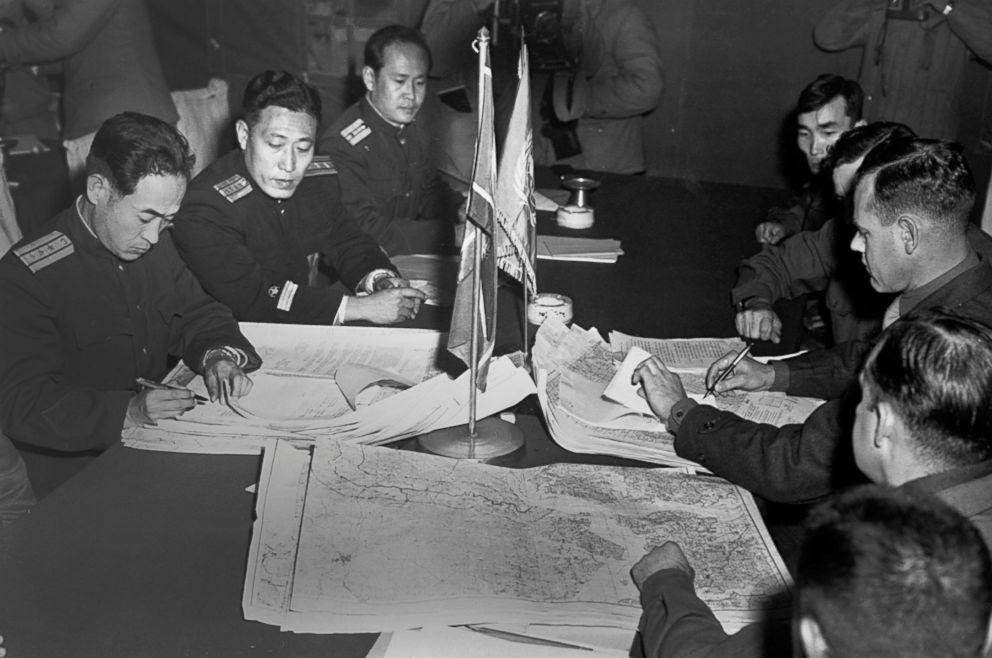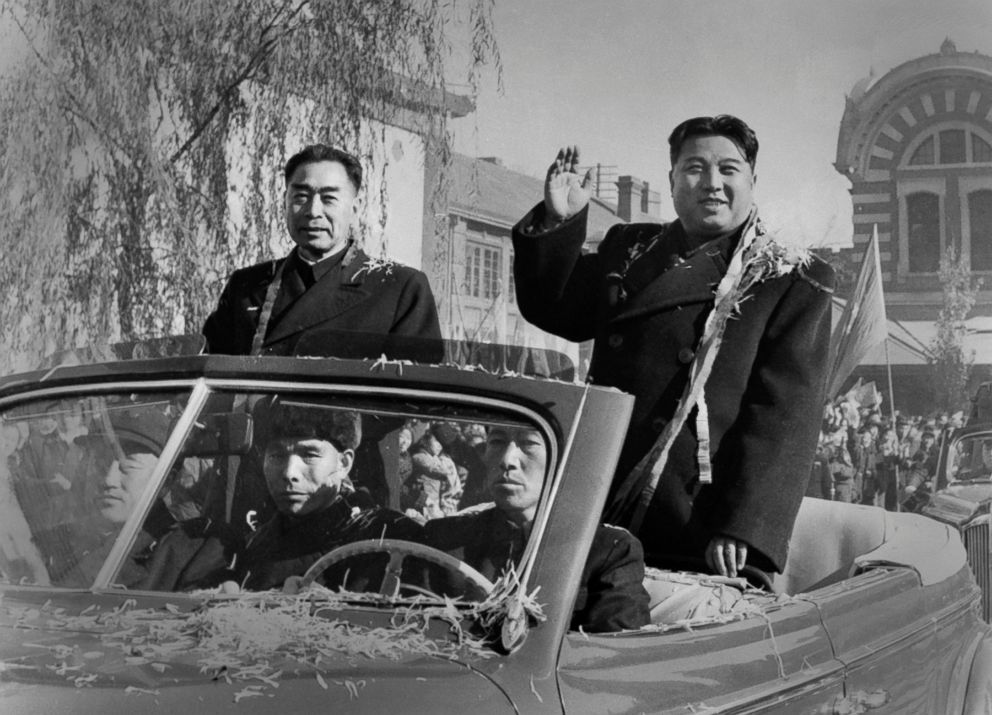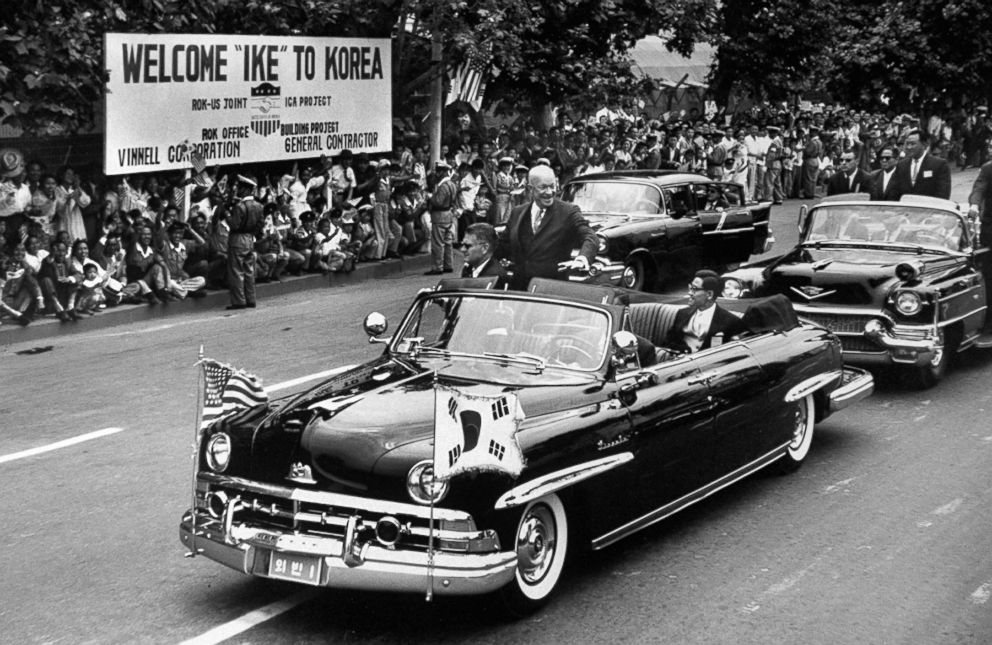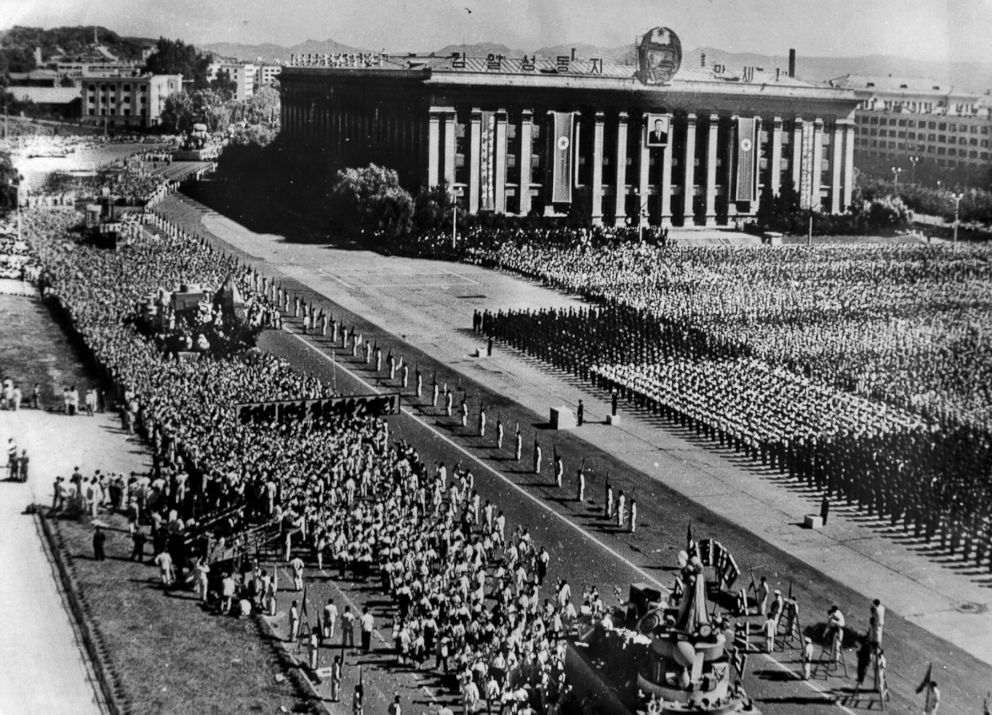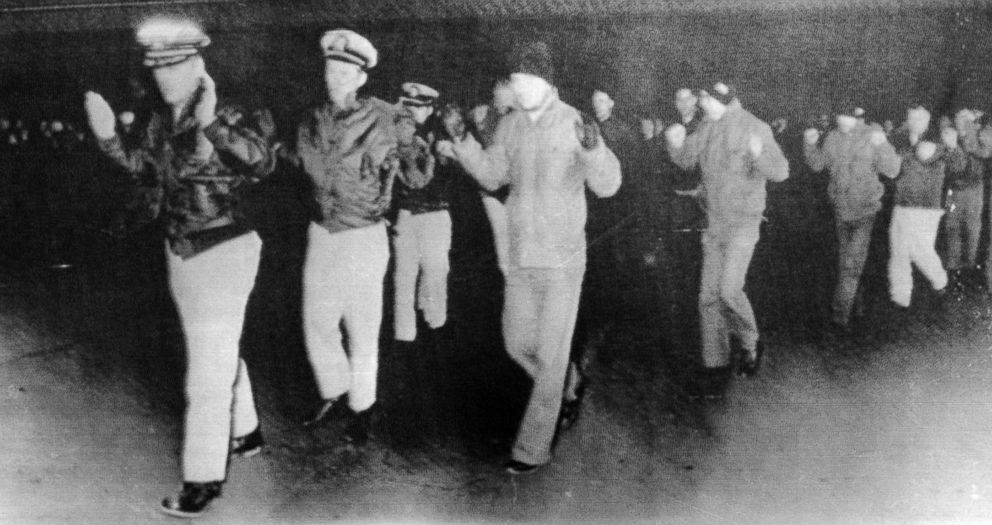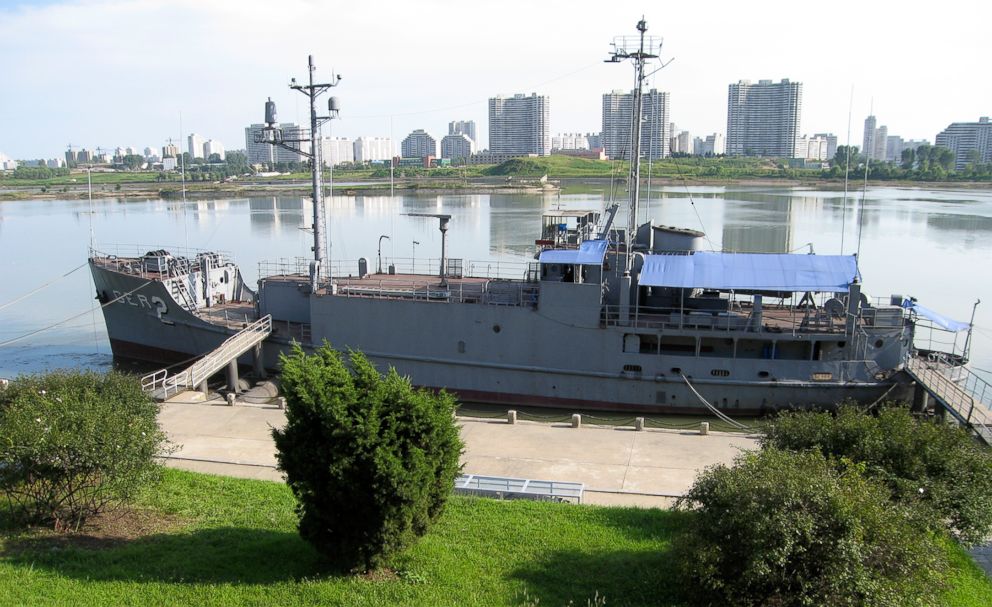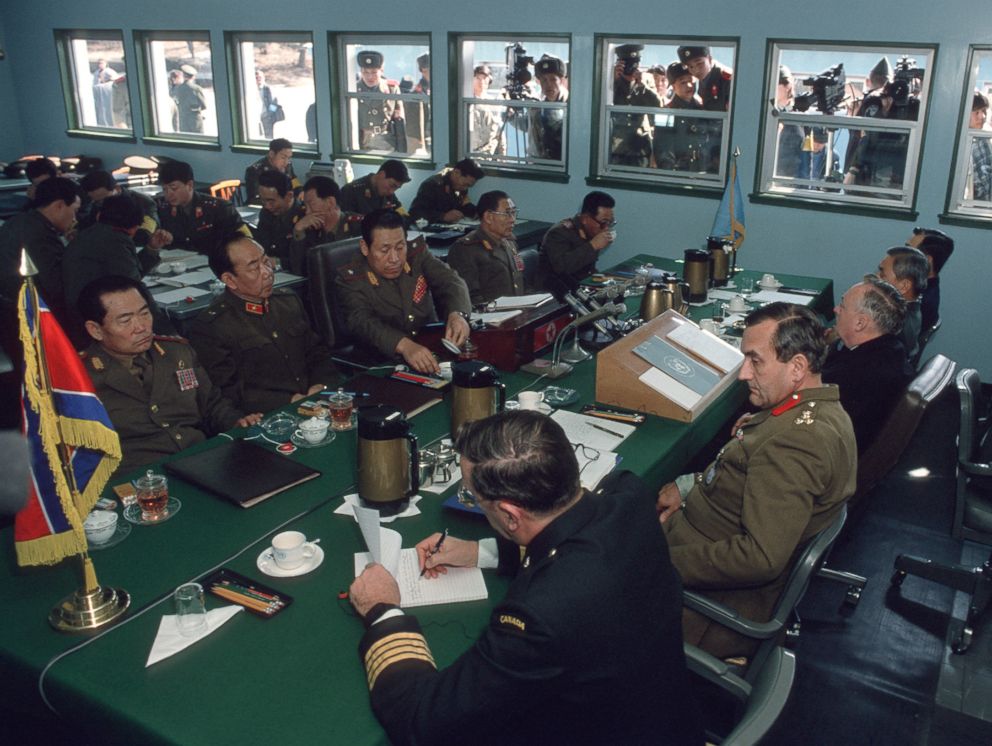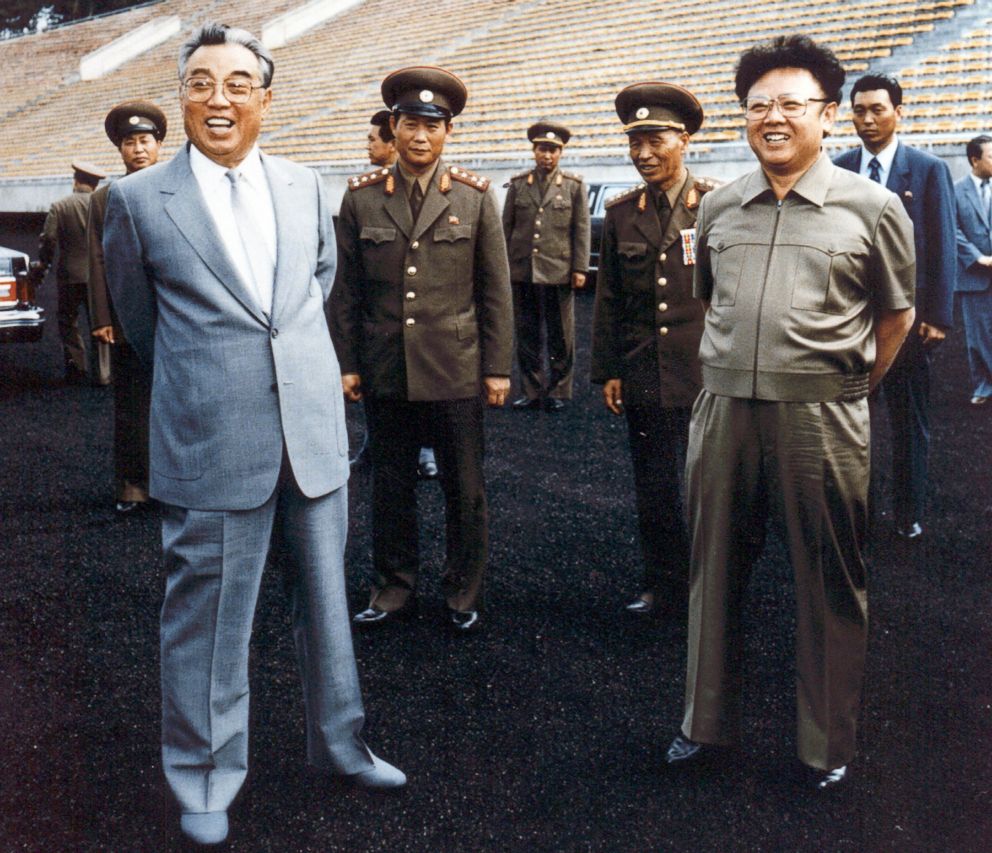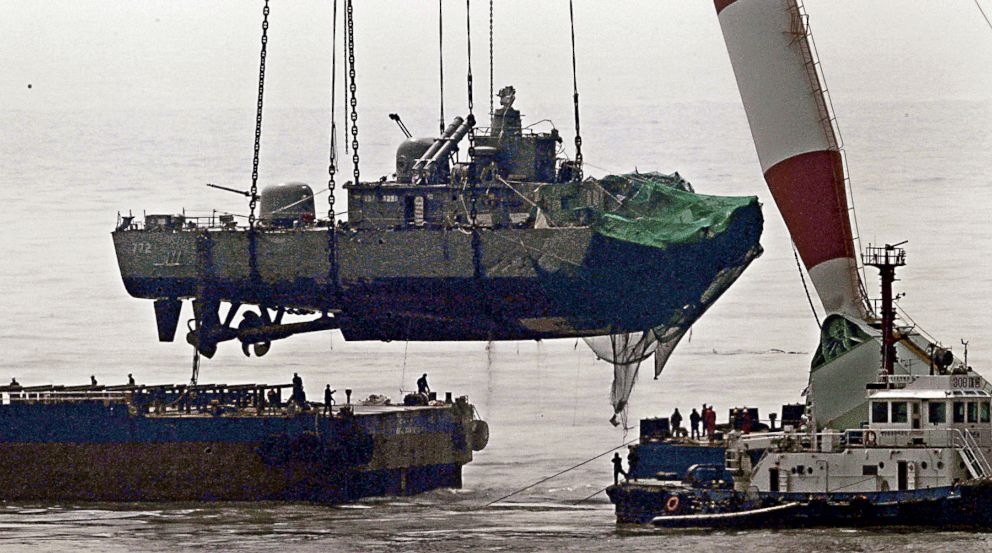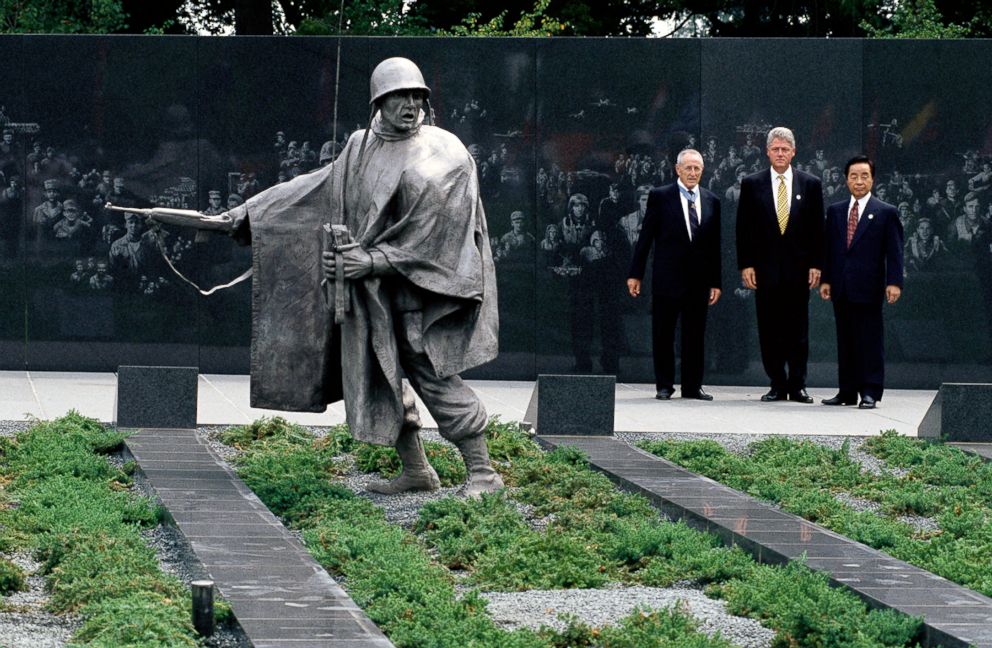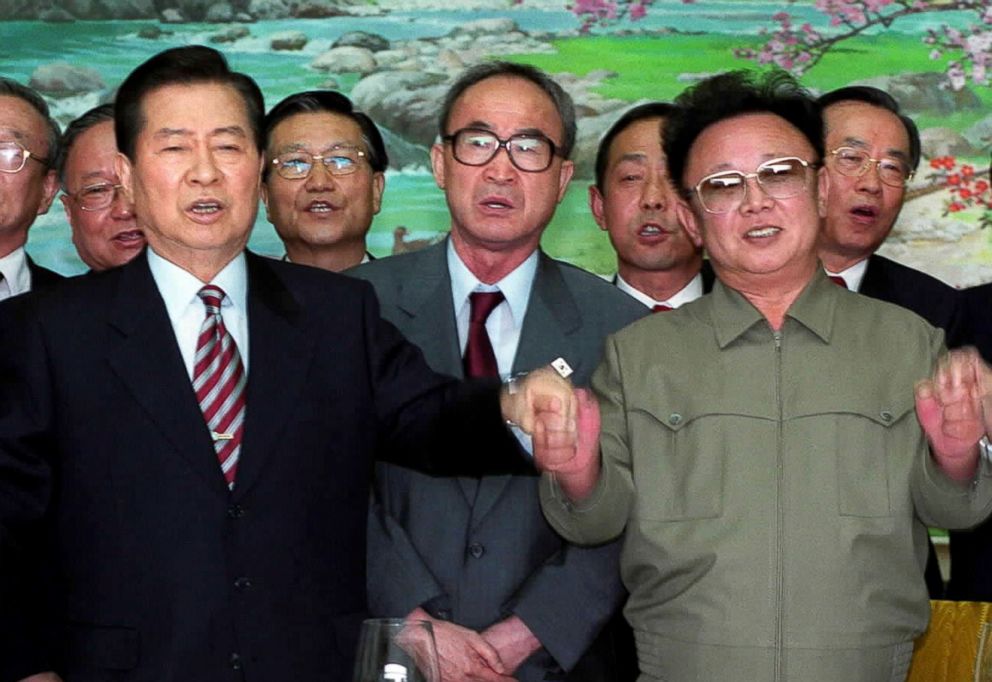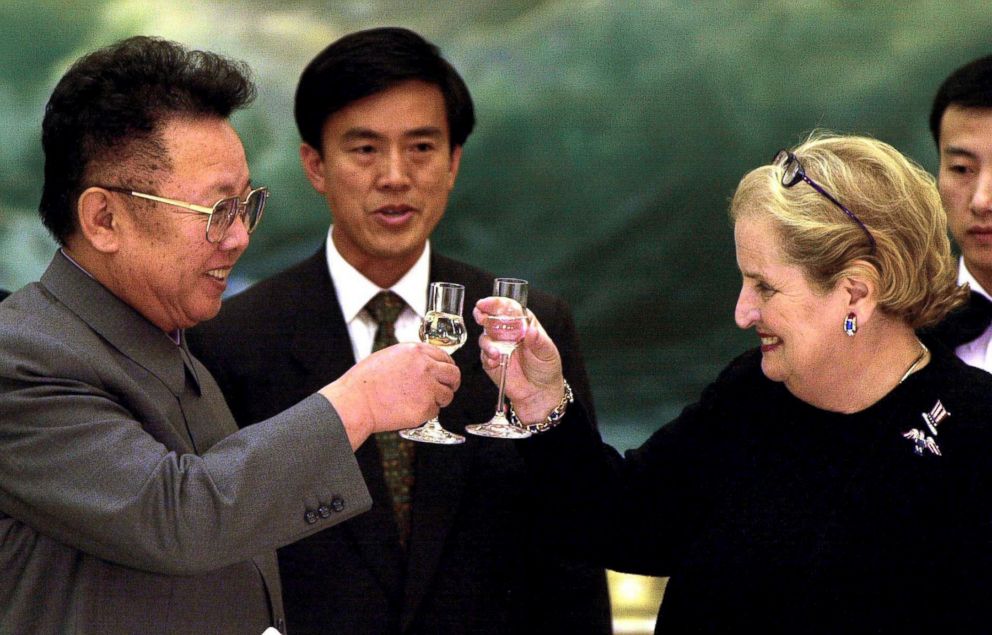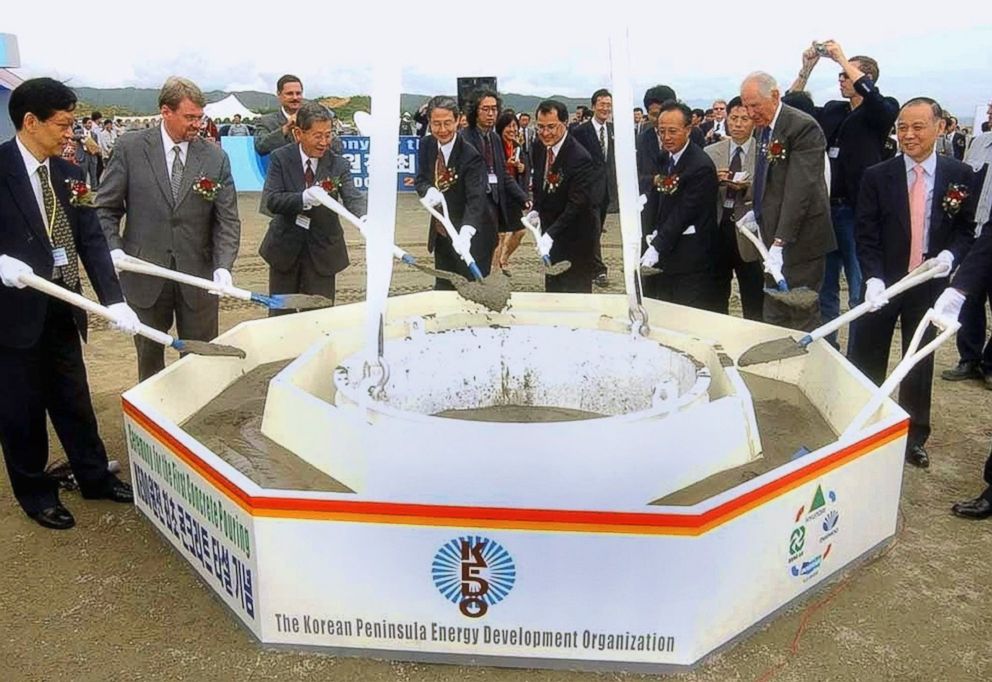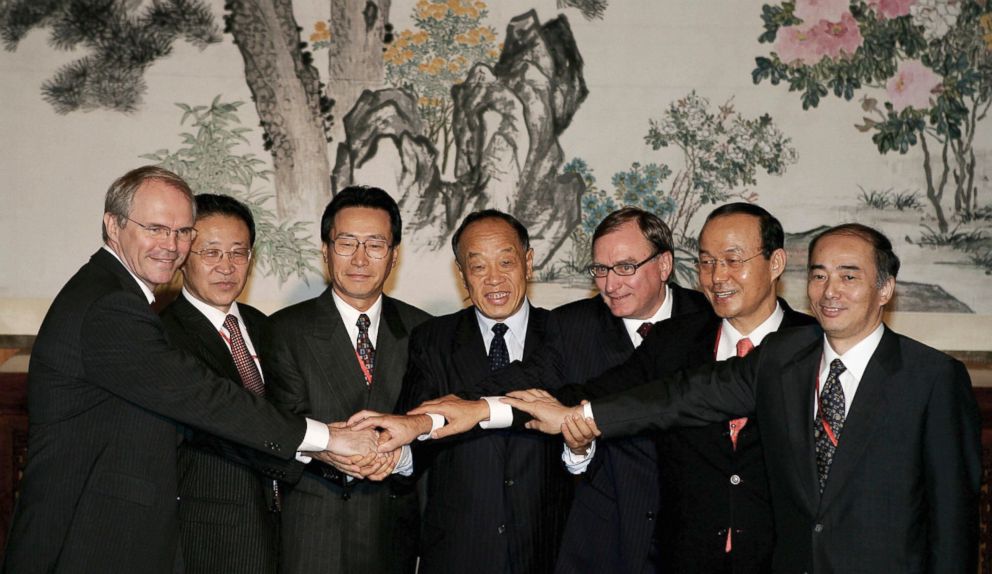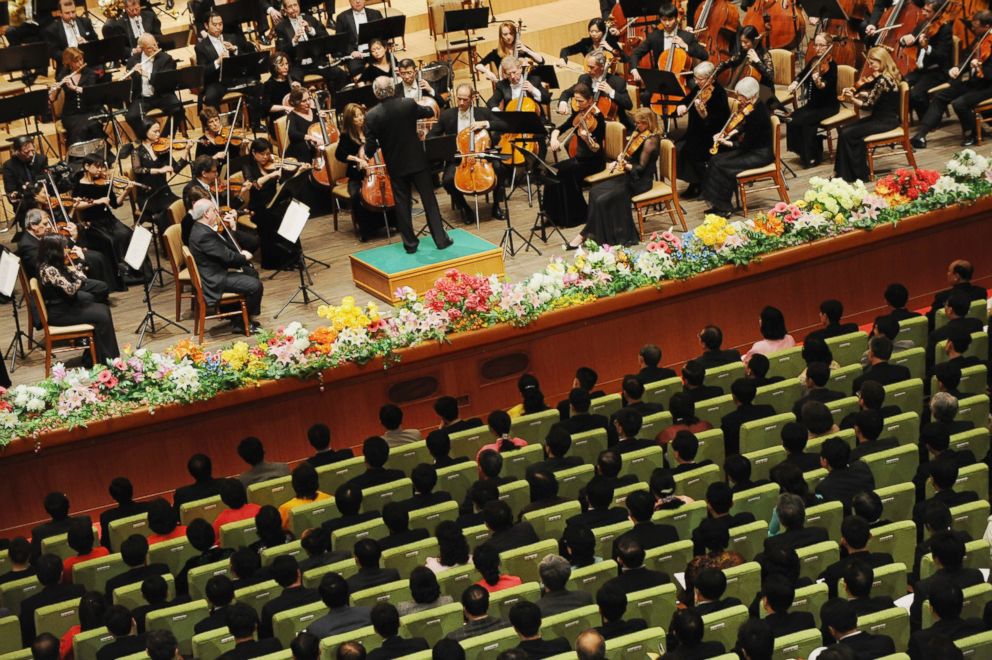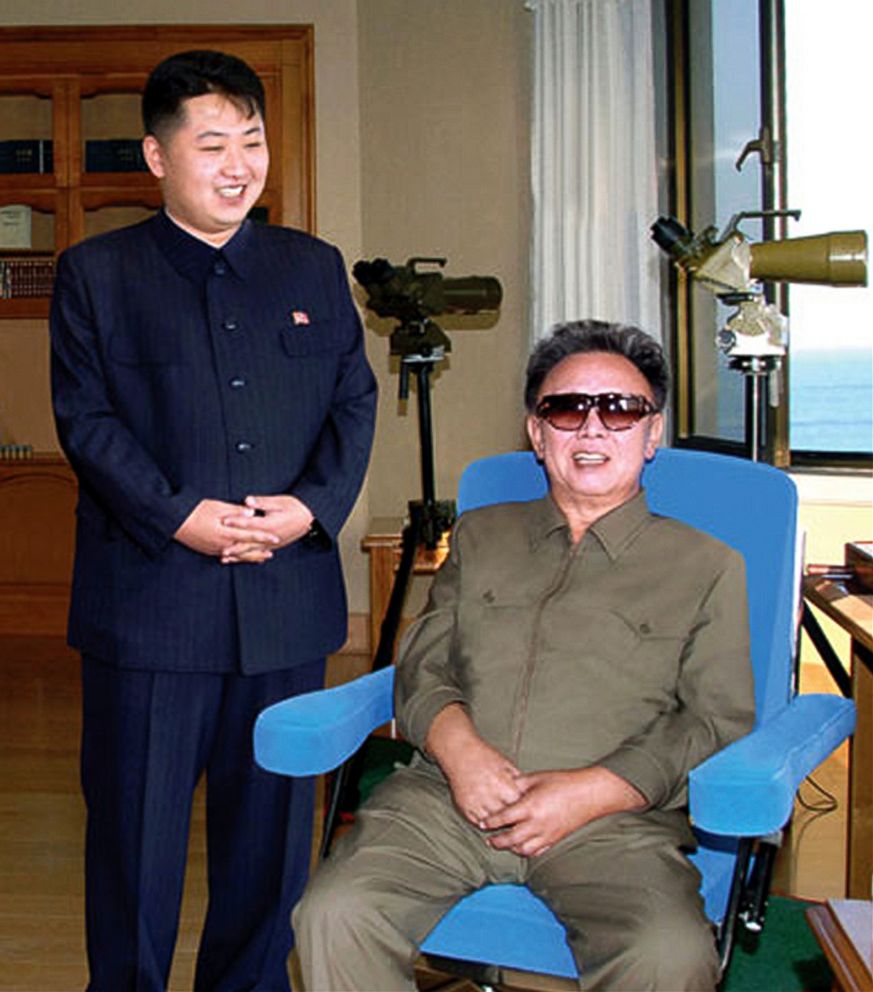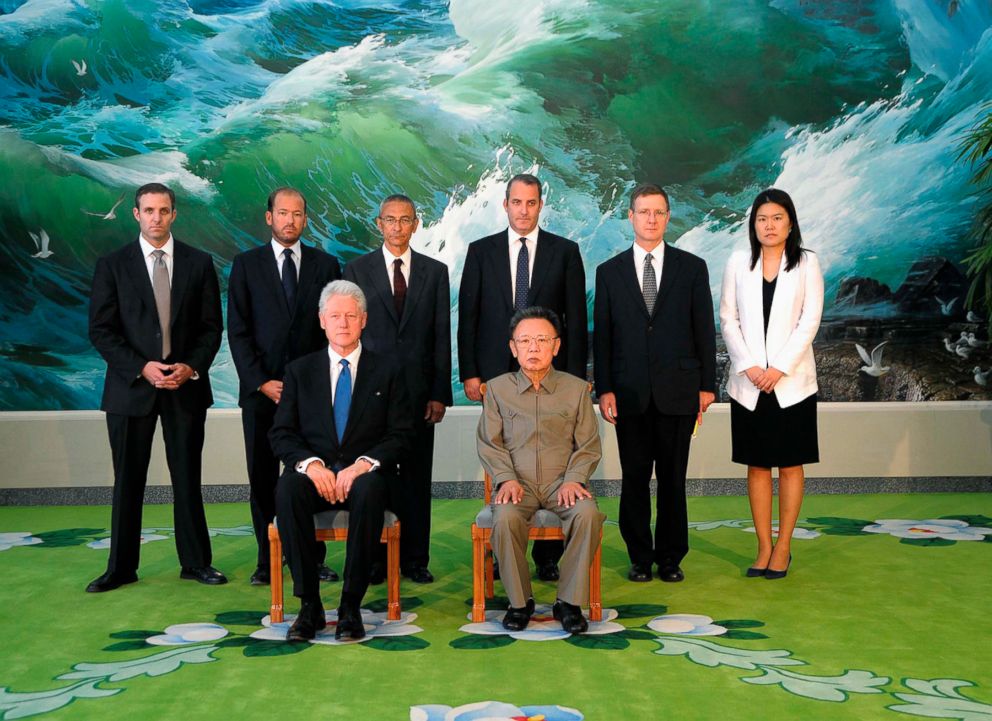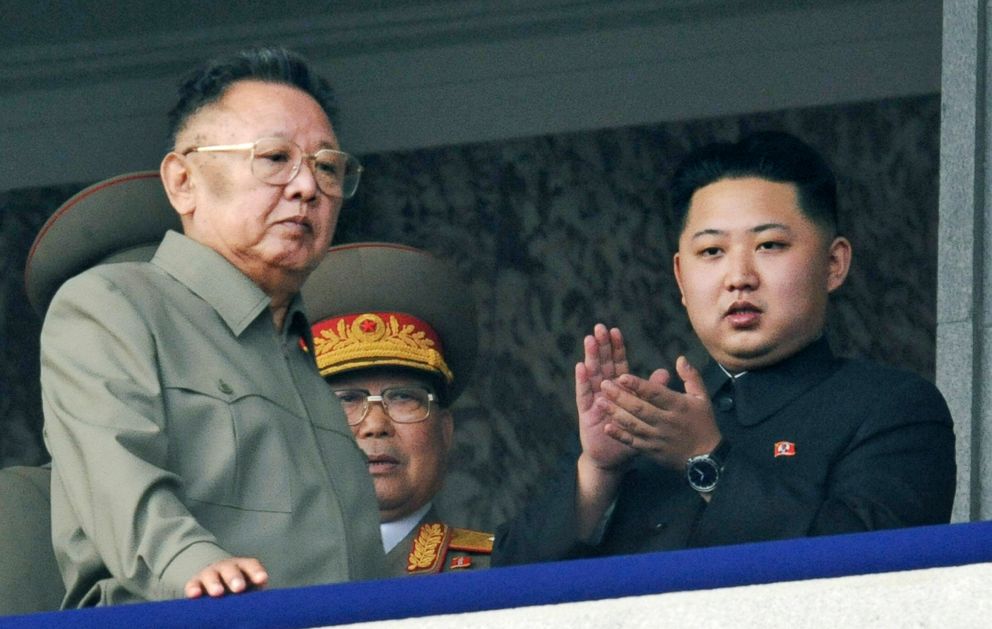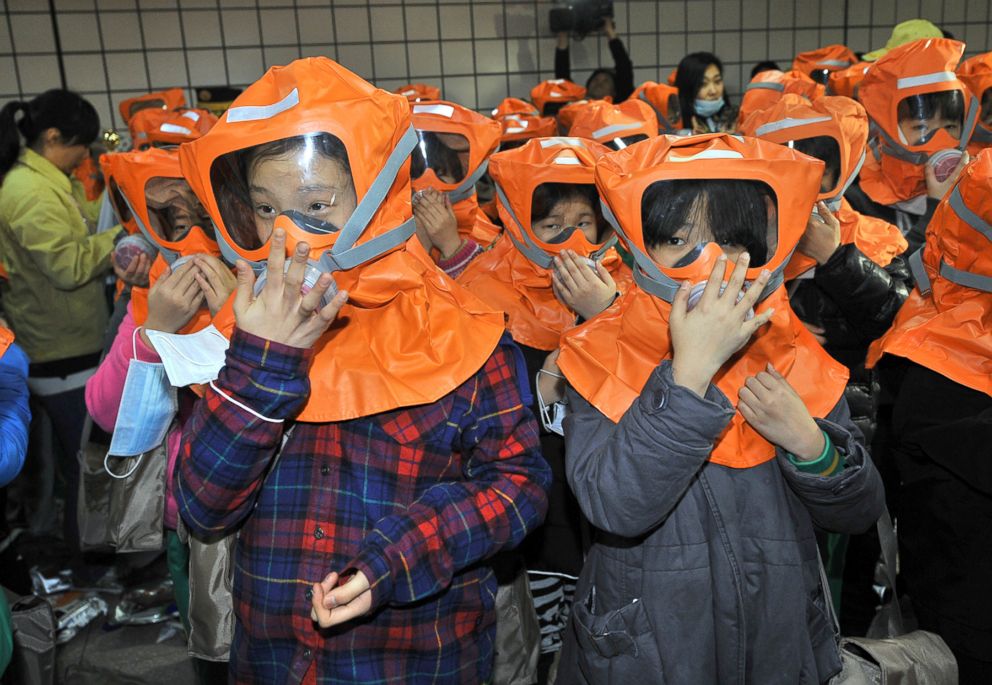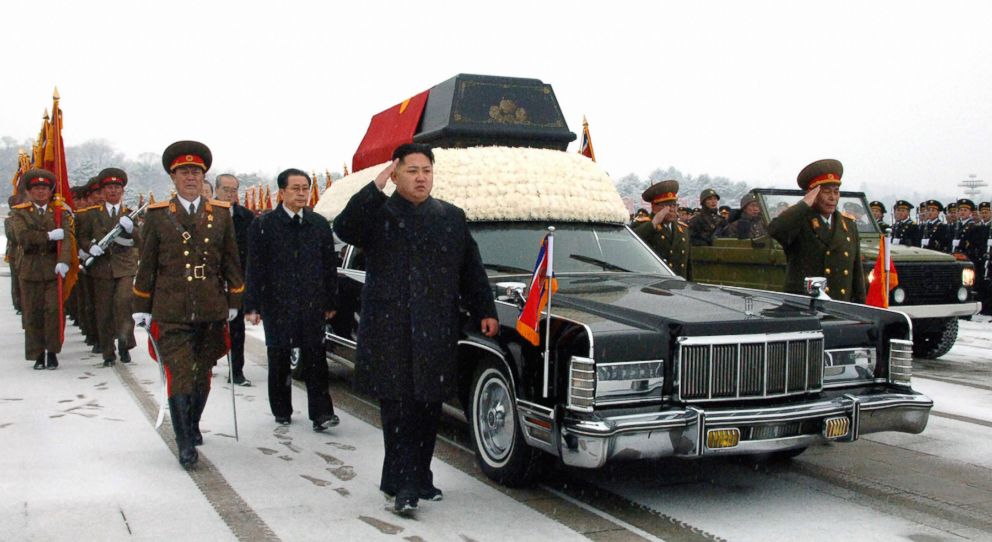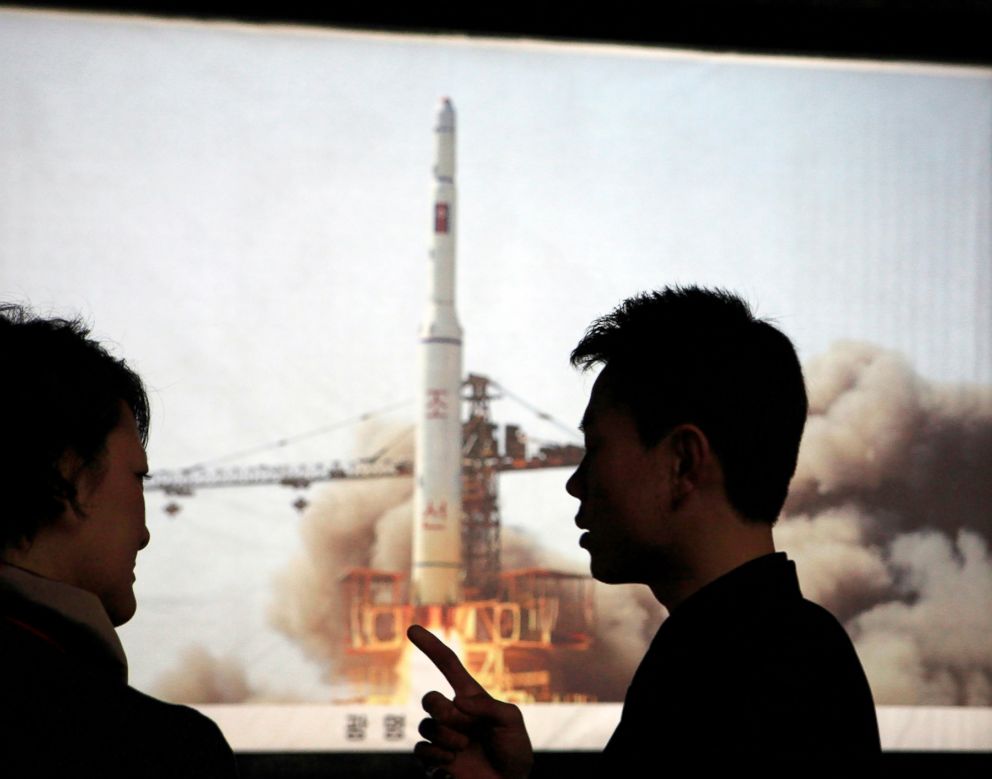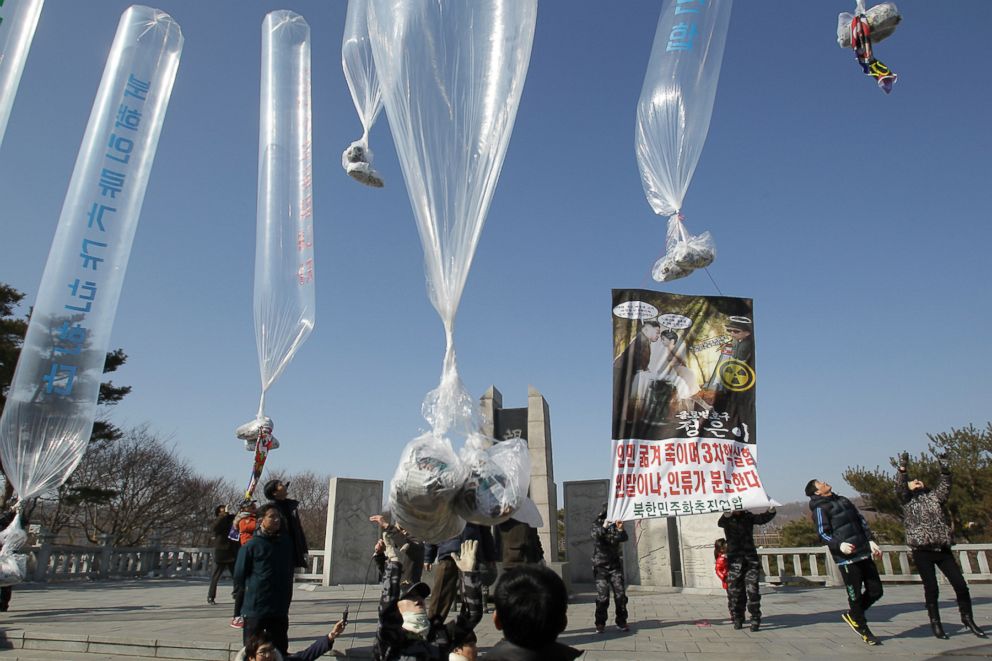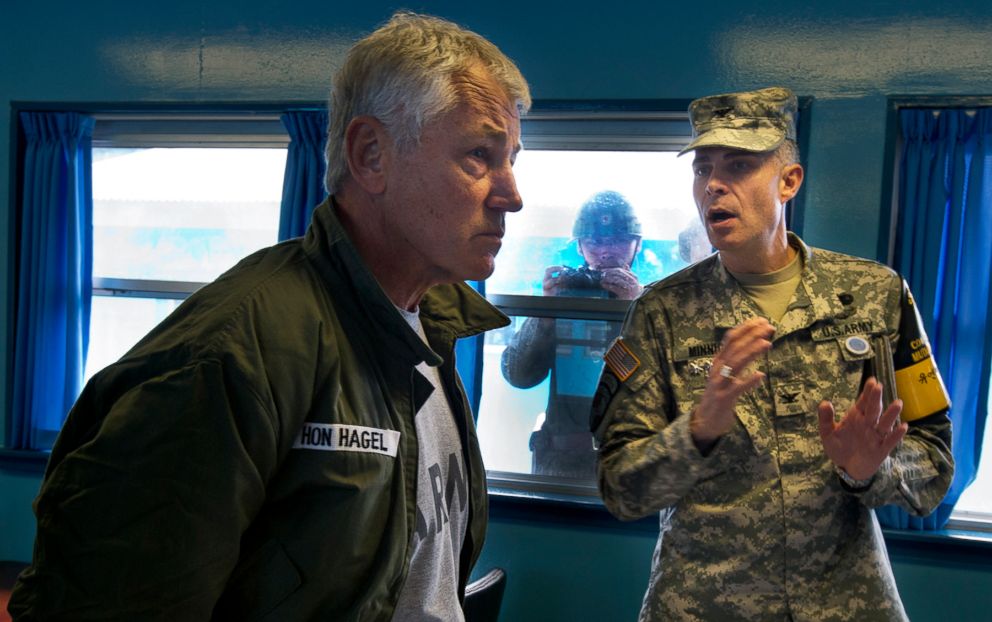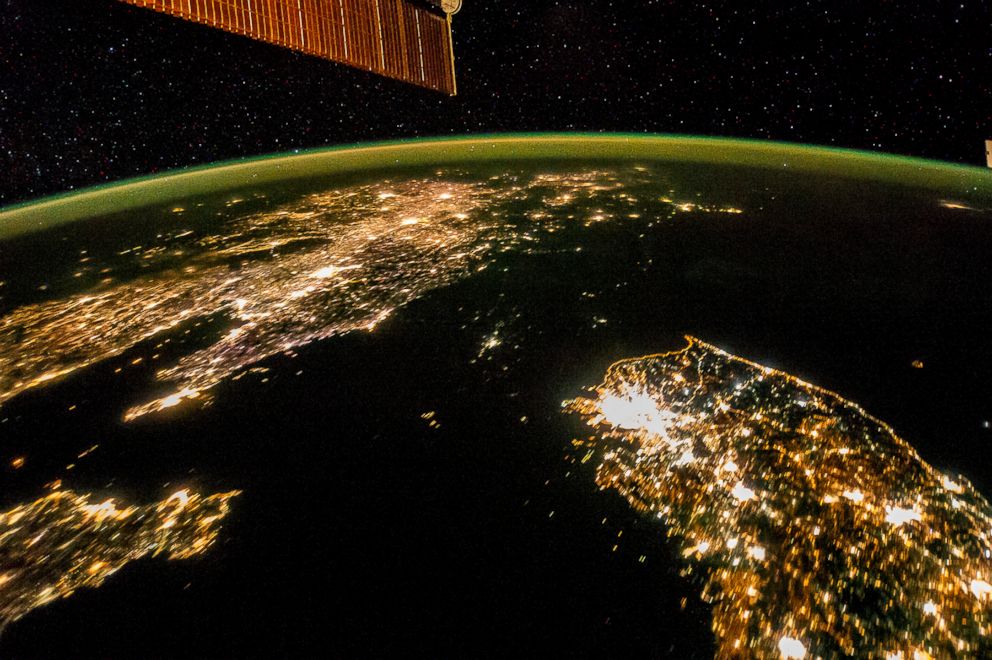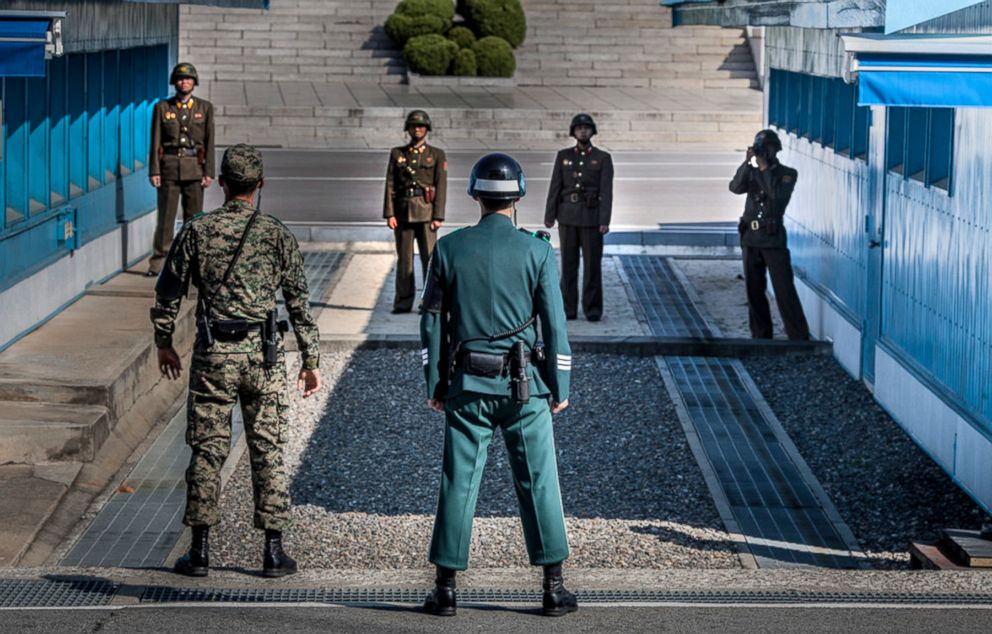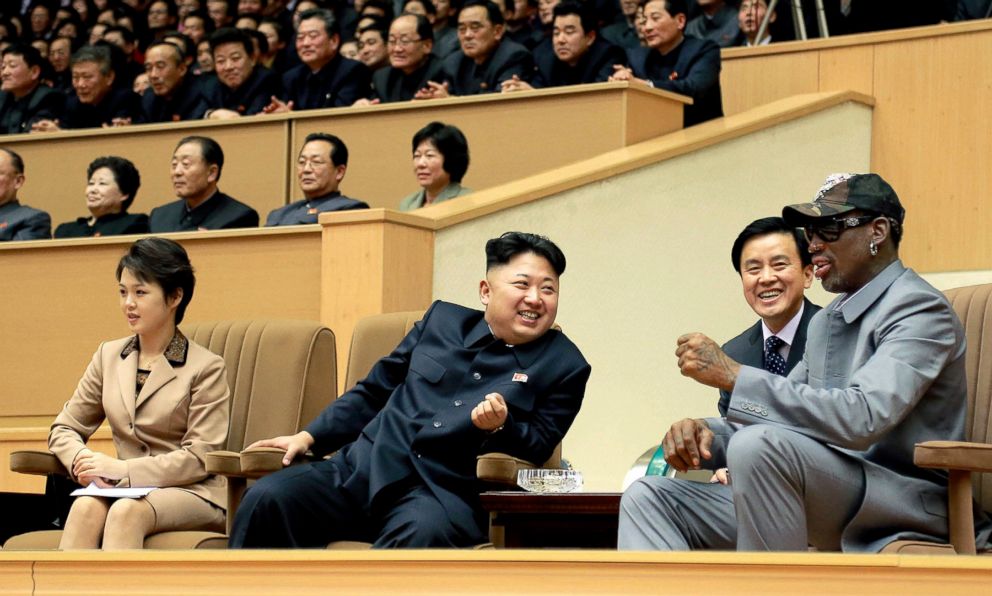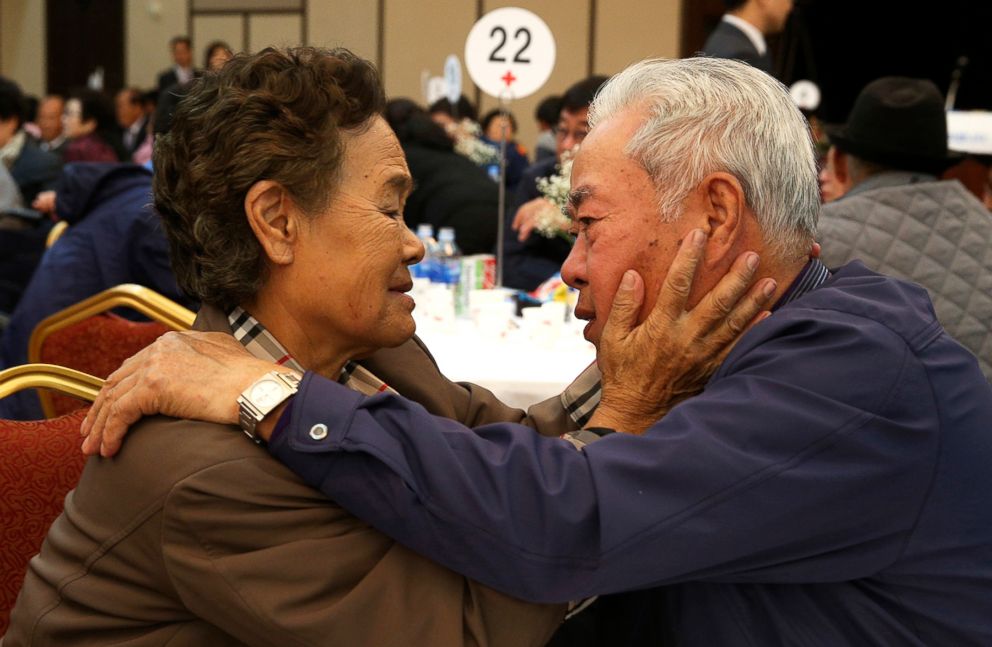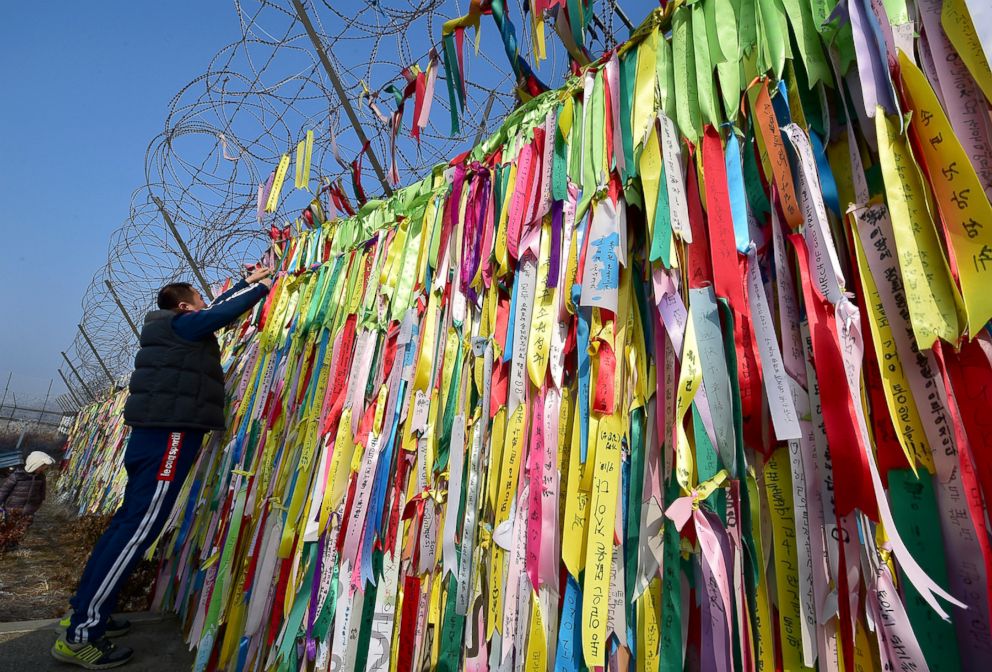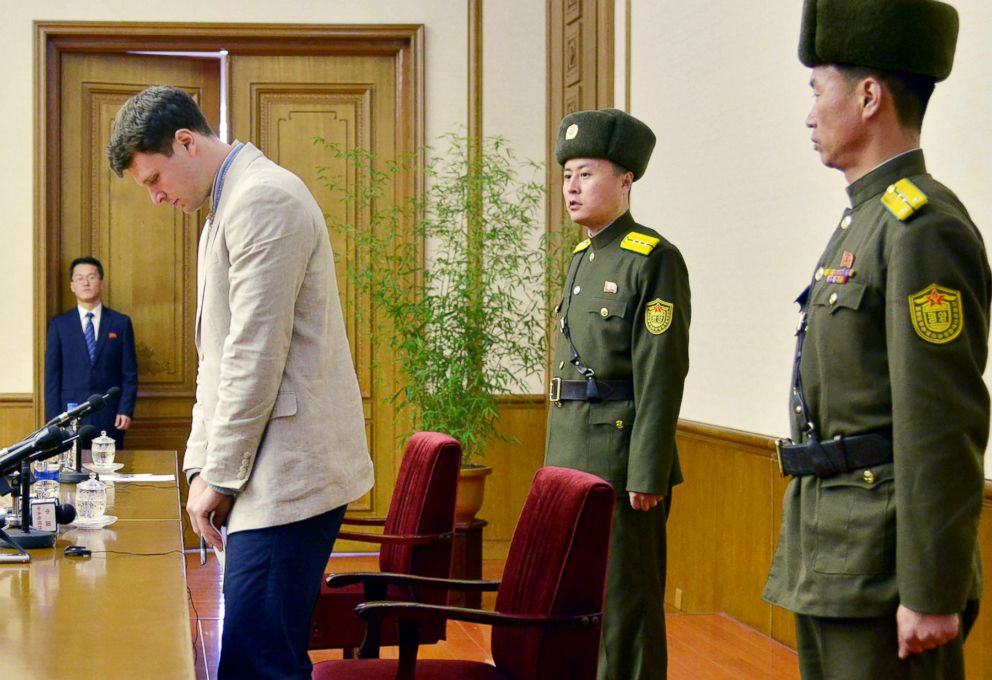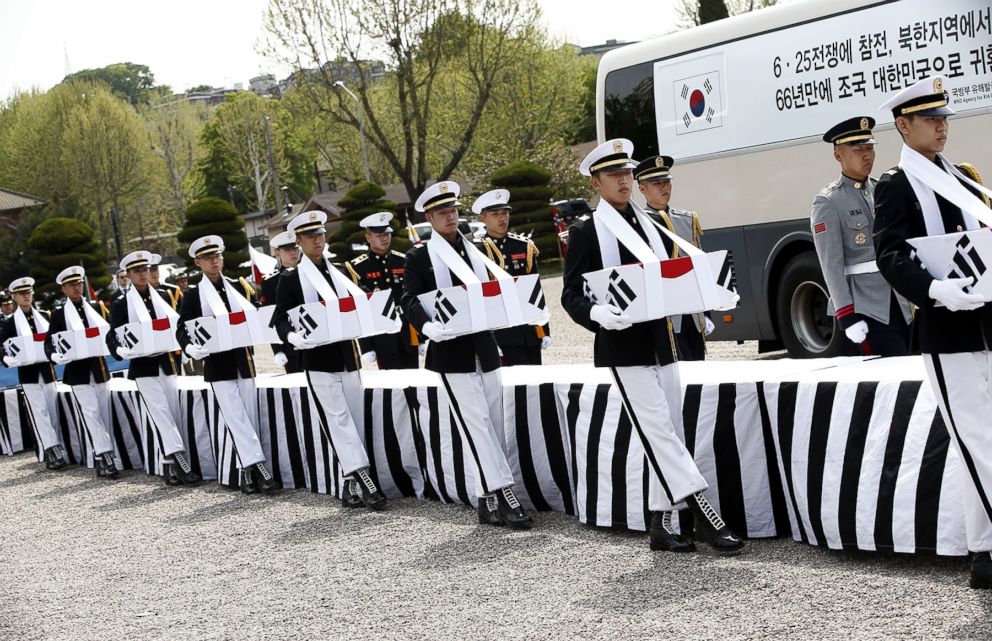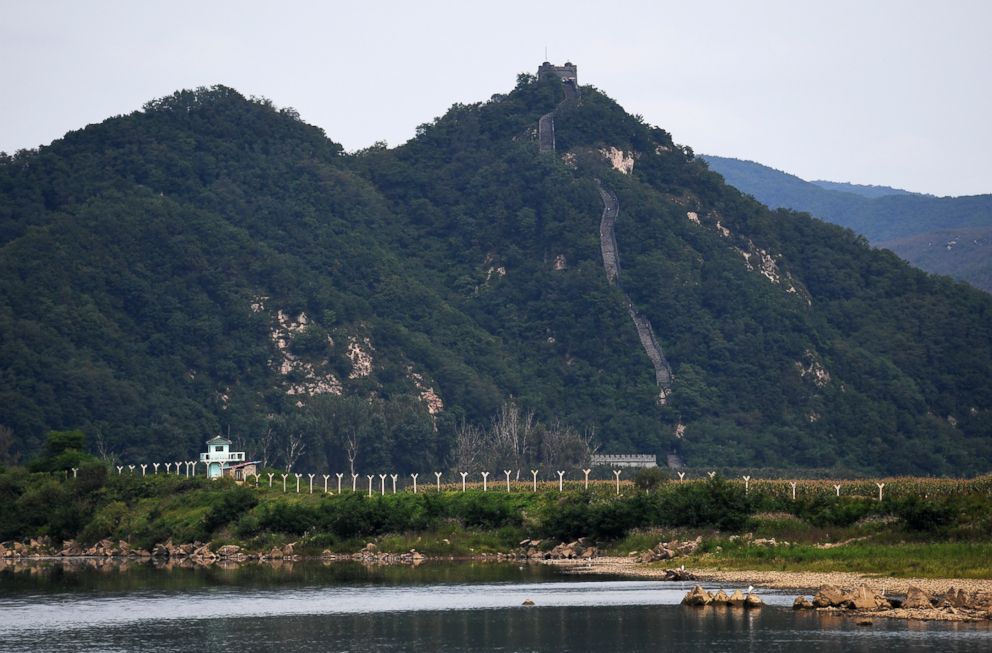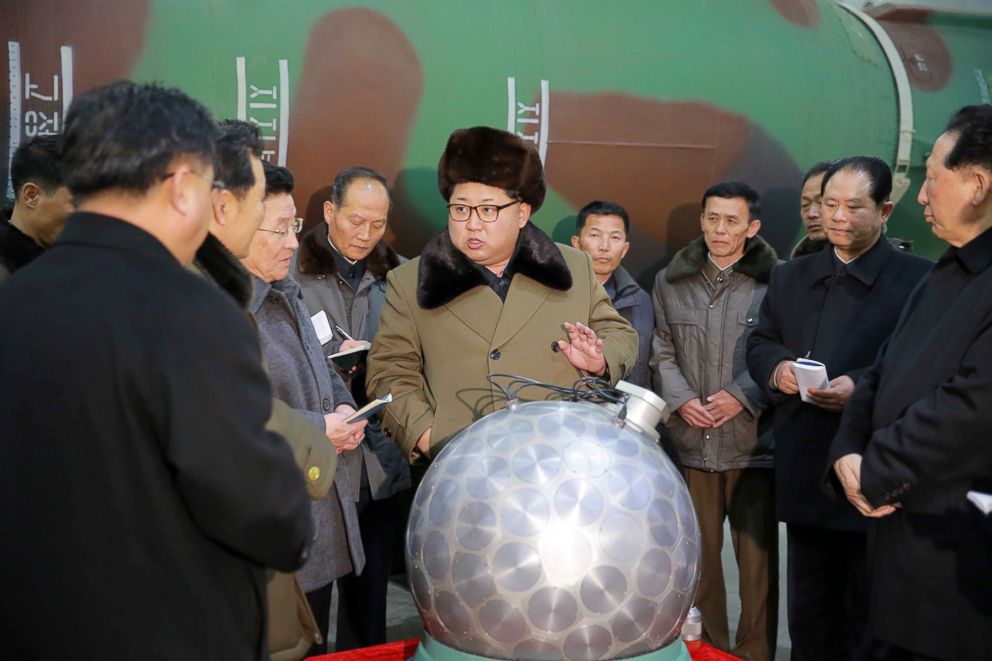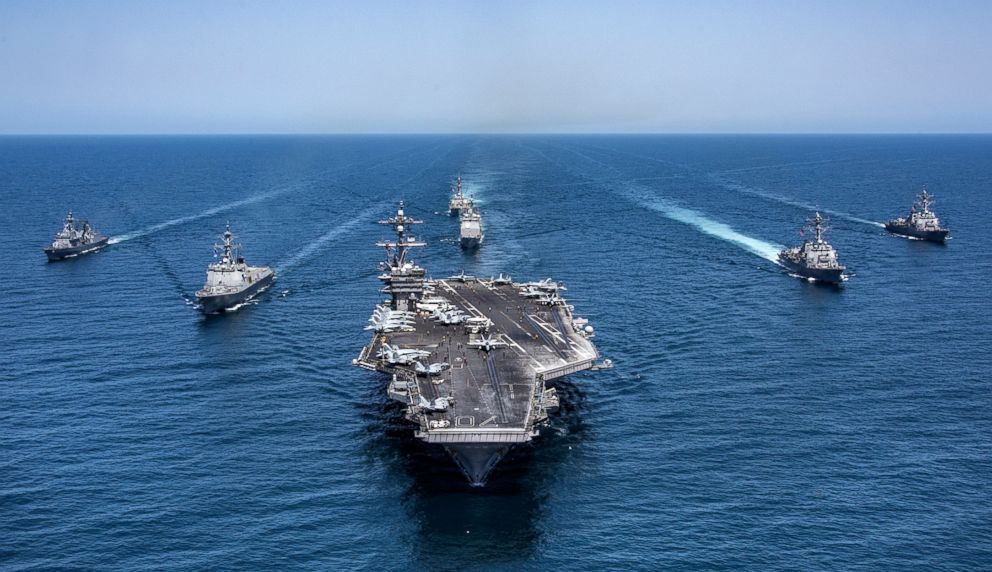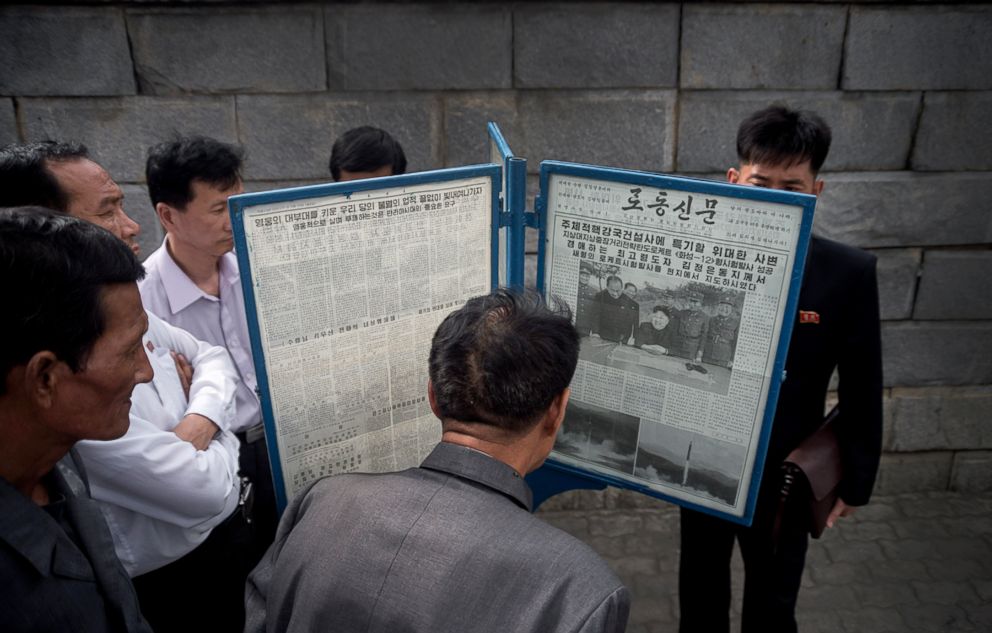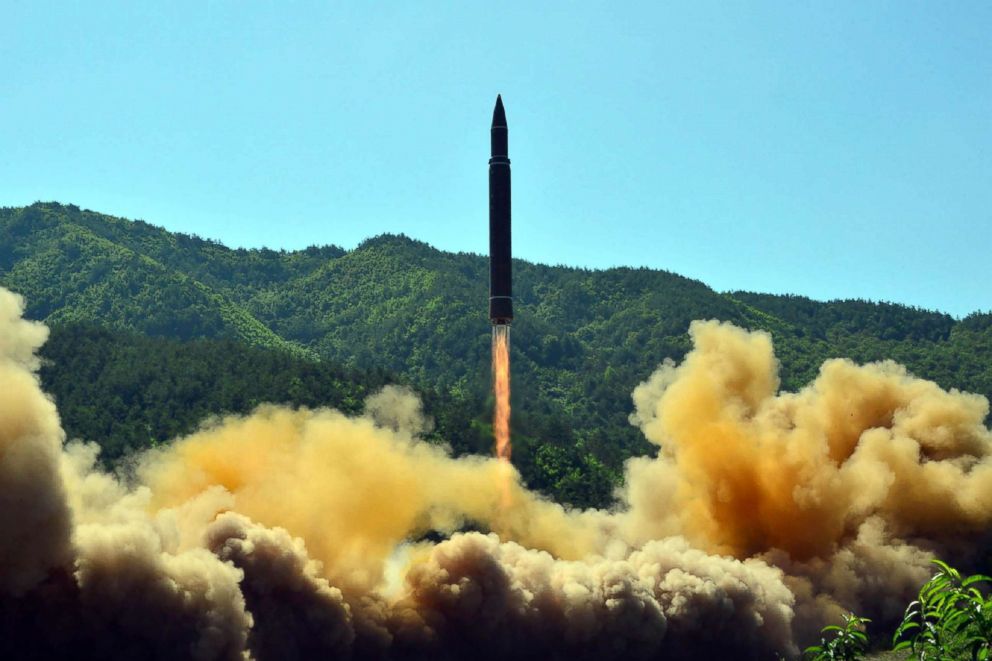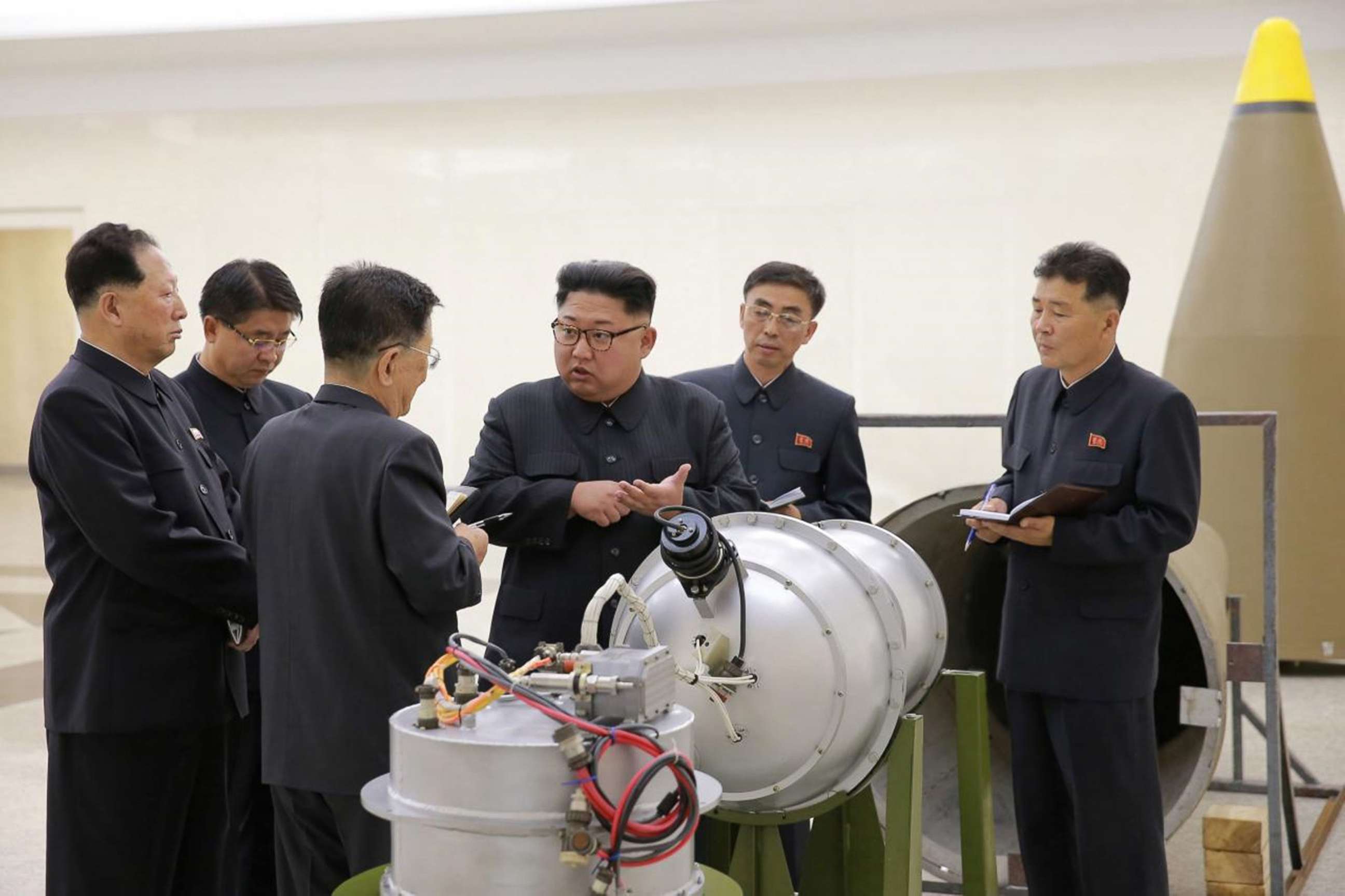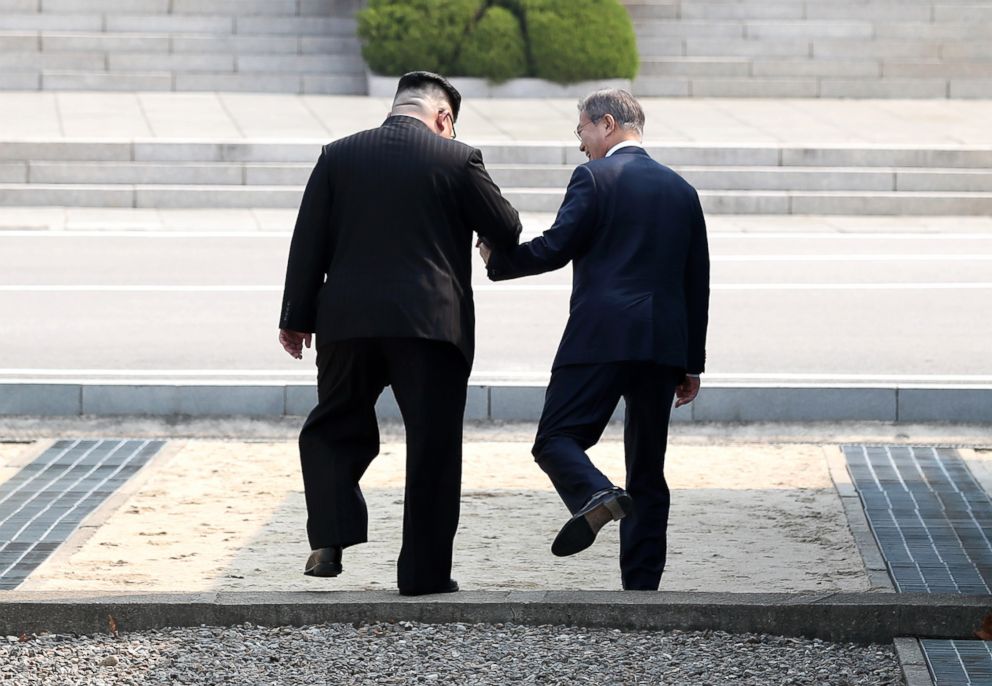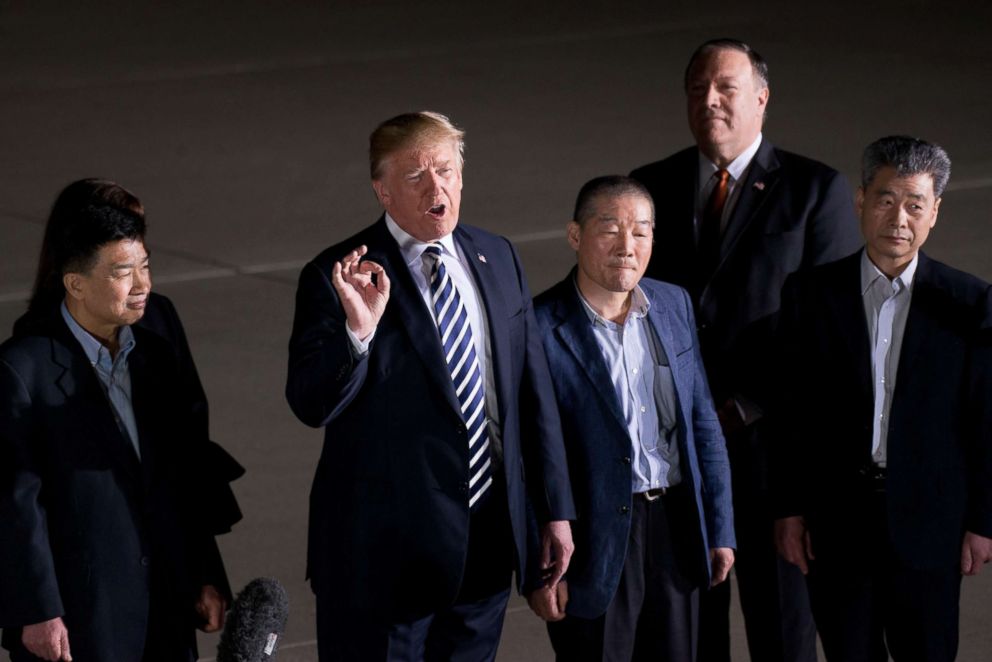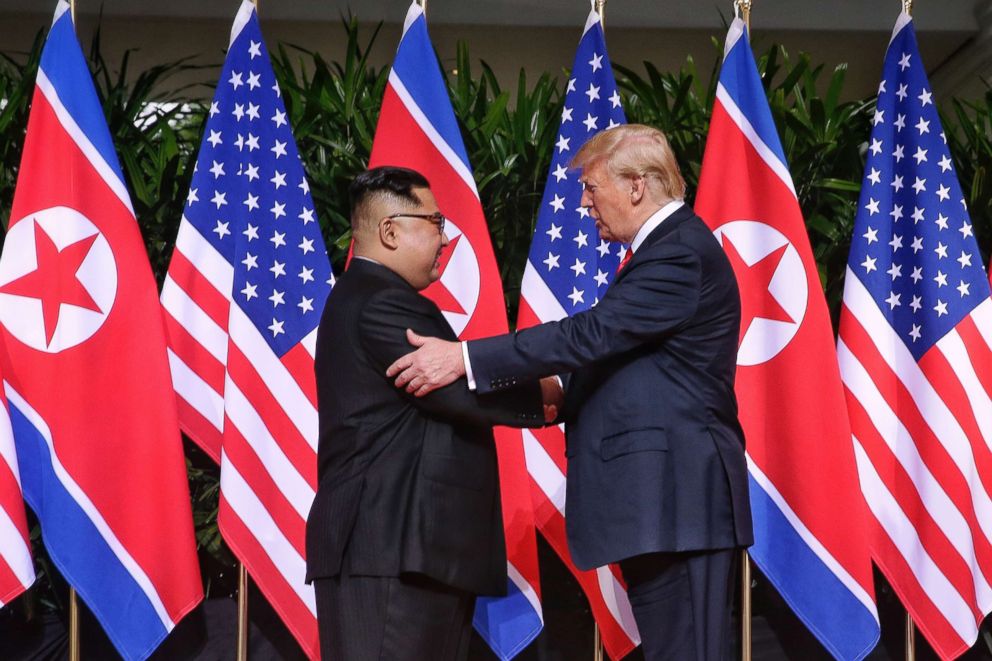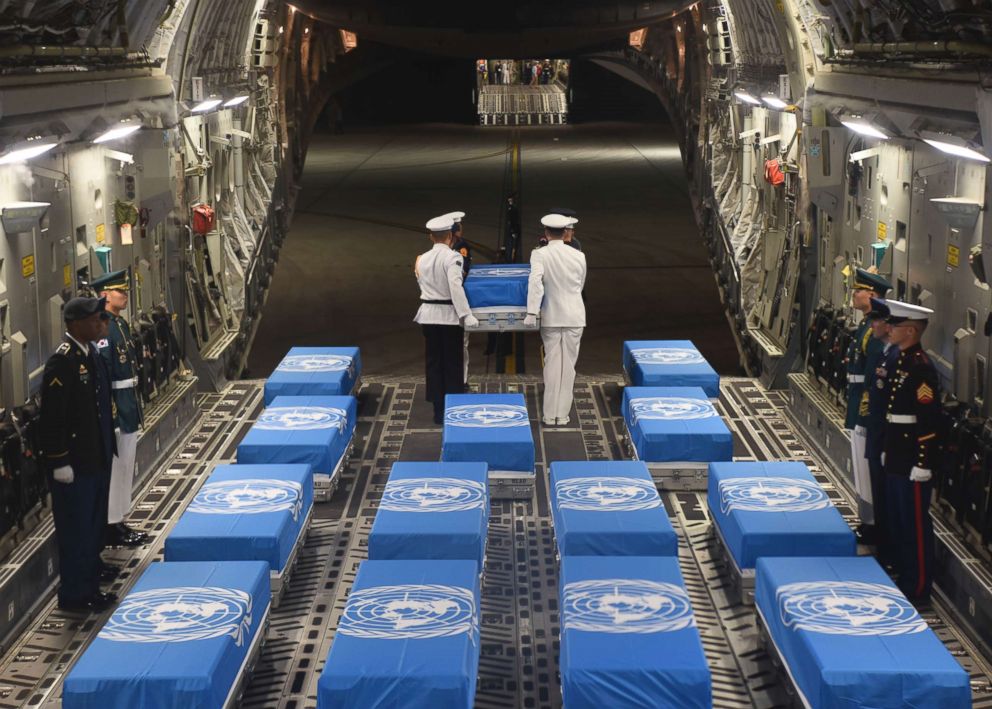Between North and South Korea, a buffer zone with wildlife and the blare of propaganda
The Koreas' DMZ is perhaps the world's most famous border.
JOINT SECURITY AREA, Korean Peninsula -- The buzzing of cicadas seems at first to drown out any other noise. But then a voice emerges through the insects’ din. It’s staccato, severe, almost angry. It’s the sound of propaganda.
Blaring from speakers on the northern side of one of the world’s most militarized borders are recordings from Kim Jong Un’s propaganda machine — stories of North Korea’s power and prestige, instructions on how to be a good and loyal citizen and speeches in support of the dear leader, Kim Jong Un.
The seesaw relationship between North Korea and the United States
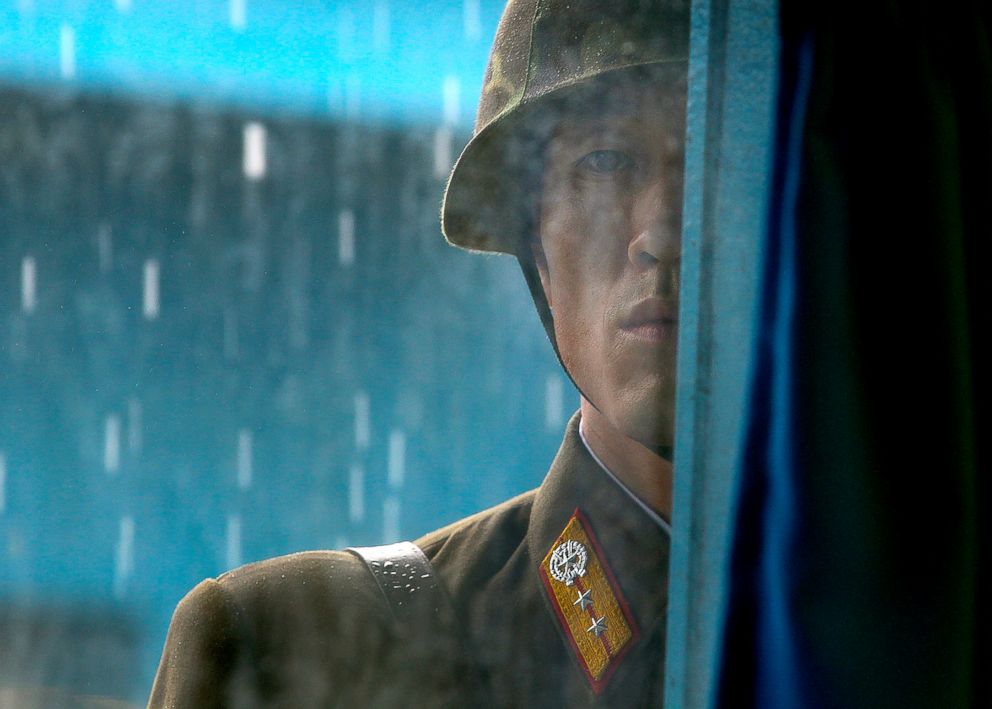
This is the Joint Security Area of the Korean Peninsula’s Demilitarized Zone, perhaps the most famous border between two countries in the world.
Created in 1951 as a site for peace talks to end the Korean War, this special administrative zone is where the armed conflict was halted with an armistice signed by the North and South in 1953.
There was never a peace treaty or an end to hostility, only a cessation of fighting.
Mention of the DMZ may spark familiar images of the Joint Security Area’s light blue buildings side by side, with troops on opposite sides of the line staring at each other across a row of concrete blocks, with sand on the north side and gravel on the south.
At the JSA, there are rarely more than a couple of people from each side outdoors, except when there are guests and one side sends a small contingent of troops to stand guard as the visitors gingerly walk around, snapping selfies on their phones.
If the South’s guests are important enough or draw lots of attention, North Korean troops often rush out, peer through the windows and snap some photos. Secretary of State Rex Tillerson received such treatment this February.
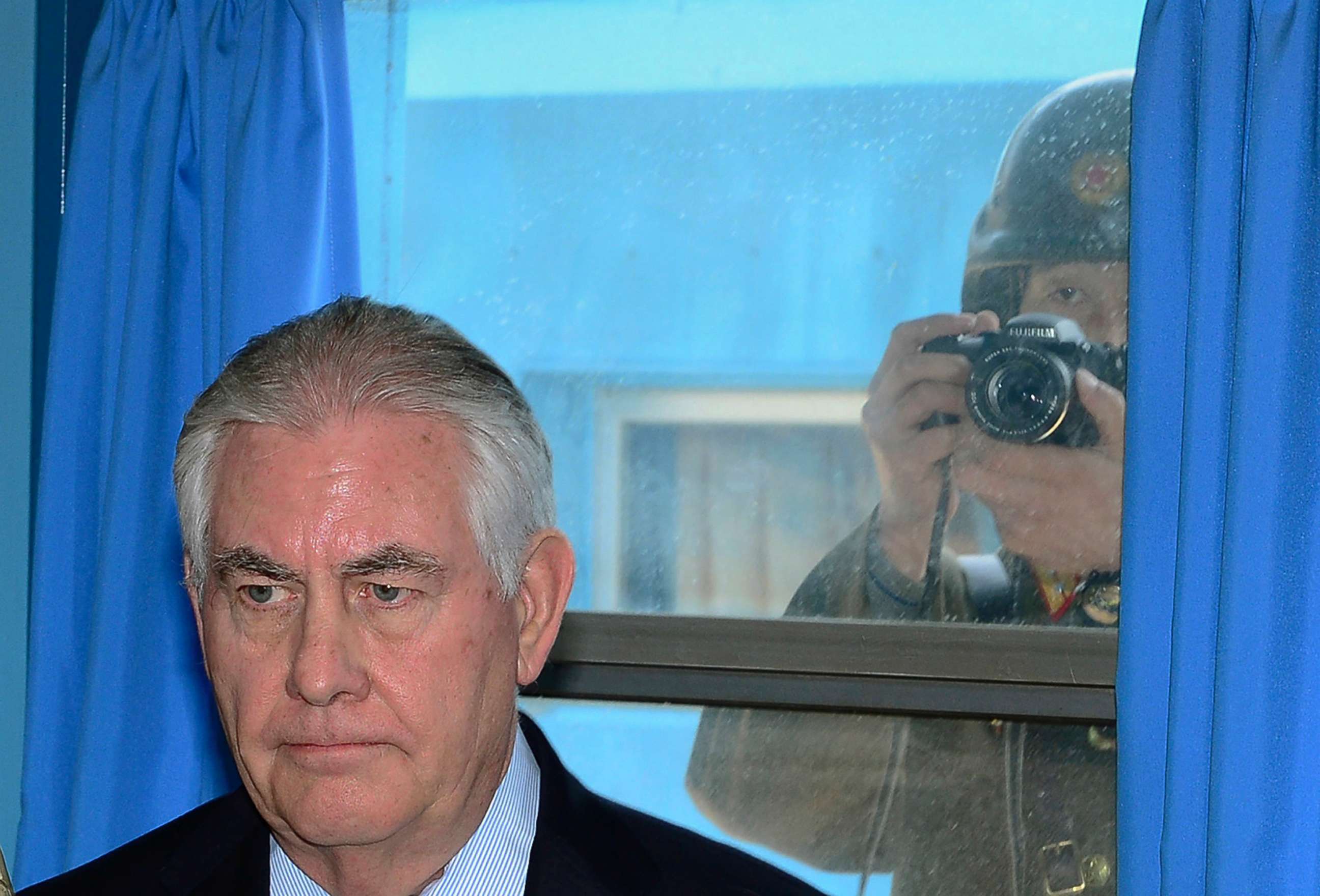
Among those on guard on the southern side of the border are American troops, 60 to 80 of whom live no more than a five-minute drive away, at Camp Bonifas, a United Nations command post set up to monitor the armistice.
The security area is run by the U.N. and North Korea as an area for exchange, and troops from both sides crossed the border in this area freely until 1976, after North Korean troops murdered two U.S. soldiers with an ax as they tried to cut down a tree; the weapon is still kept on display in a North Korean museum just across the border.
There haven’t been talks in the security area since 2013 — a sign of the two countries’ sour relations.
The DMZ is a buffer zone that extends 1 1/4 miles on either side of the border. When the North and South signed the armistice in 1953, they agreed to pull troops back that distance from the Military Demarcation Line, which meanders diagonally 155 miles across the Korean Peninsula near the 38th parallel, which cleanly divided areas of Soviet and U.S. influence before the war.
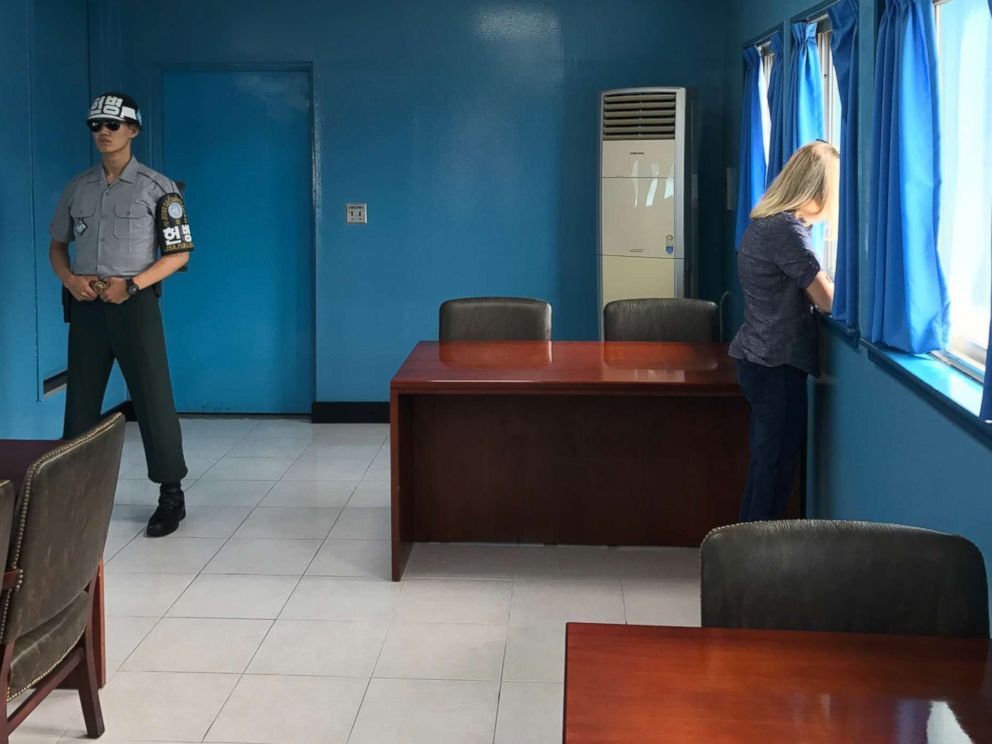
The postwar line roughly follows the original line and has divided the peninsula and its people in half ever since.
Along the border, military activity is forbidden, except in the Joint Security Area. The DMZ is a no man’s land that has become a haven for wildlife, with a resurgence of animals like the goral and the white-naped crane.
The DMZ has become surprisingly popular for tourists. From ecotourists searching for rare flora and fauna to history buffs climbing into the defunct tunnels that North Korea built under the DMZ into the South, thousands of visitors each year flock to the South Korean side.
Four tunnels have been discovered, as large as 7 feet wide and thousands of feet long. Kim Il Sung, the founder of the North Korean state and the grandfather of Kim Jong Un, believed that a surprise invasion would be the best way to win a war, and as many as 2,000 of his troops could have flooded into the South every hour using one tunnel.
Aboveground, the much wealthier South has built observatories to monitor the North, which has tried to mask the poverty of its people by constructing propaganda villages — empty areas with the blaring music and messages of the regime.
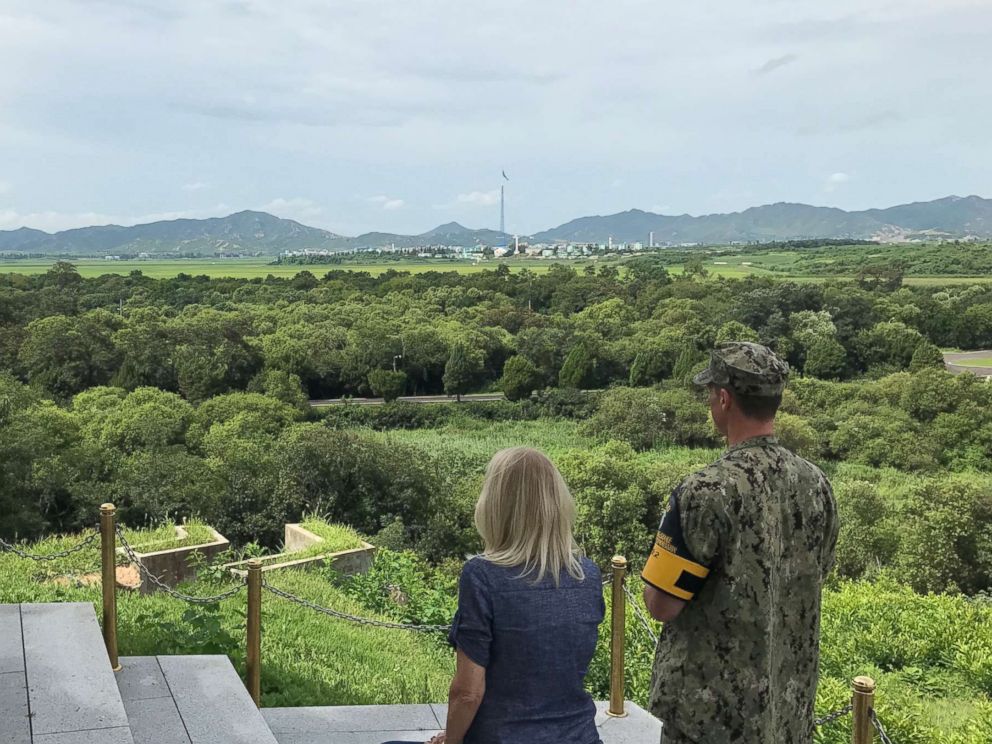
While the propaganda may seem funny at times, it’s worth remembering that the armistice means there is no formal peace — and that less than 2 miles north of the speakers lie 14,000 tubes of artillery aimed at the South and an army of over 1 million North Koreans devoted to their dear leader.
Within 60 miles of the border are 70 percent of North Korea’s soldiers and 50 percent of its navy and air force troops.
On the southern side, the might of the U.S. military backs up very capable South Korean armed forces. There are 28,500 Americans troops stationed in South Korea, as well as massive amounts of weaponry and Navy ships on rotation to the region.
With the two sides entrenched in this decades-old conflict — one that seems to be escalating with bellicose language from Kim and President Trump — it seems that after all this time, those propaganda messages are falling on deaf ears.
